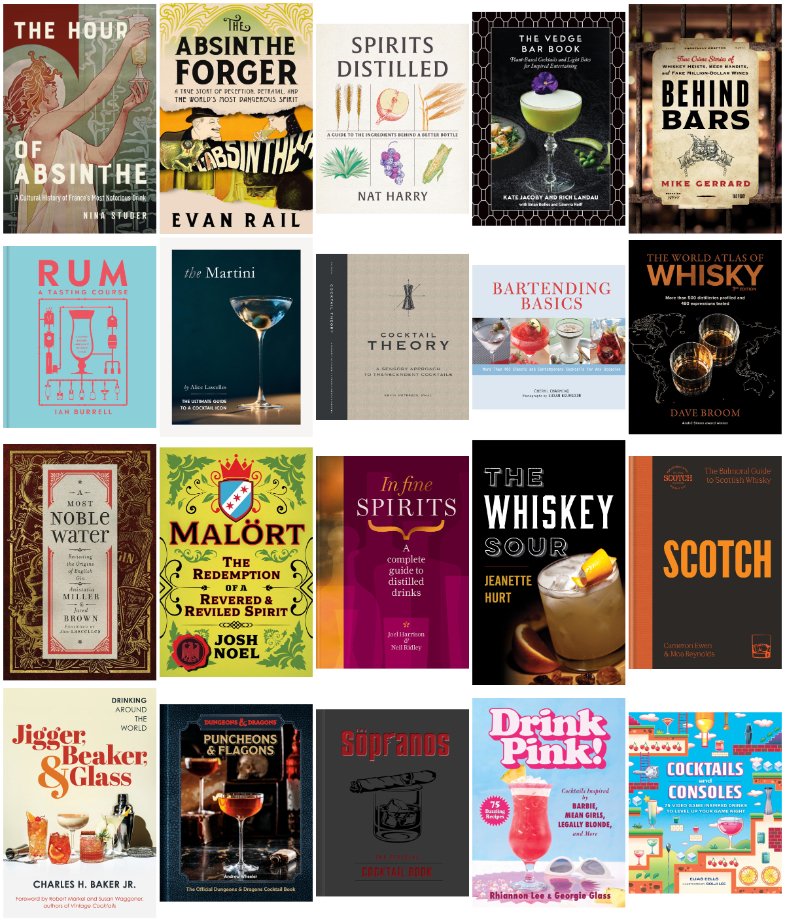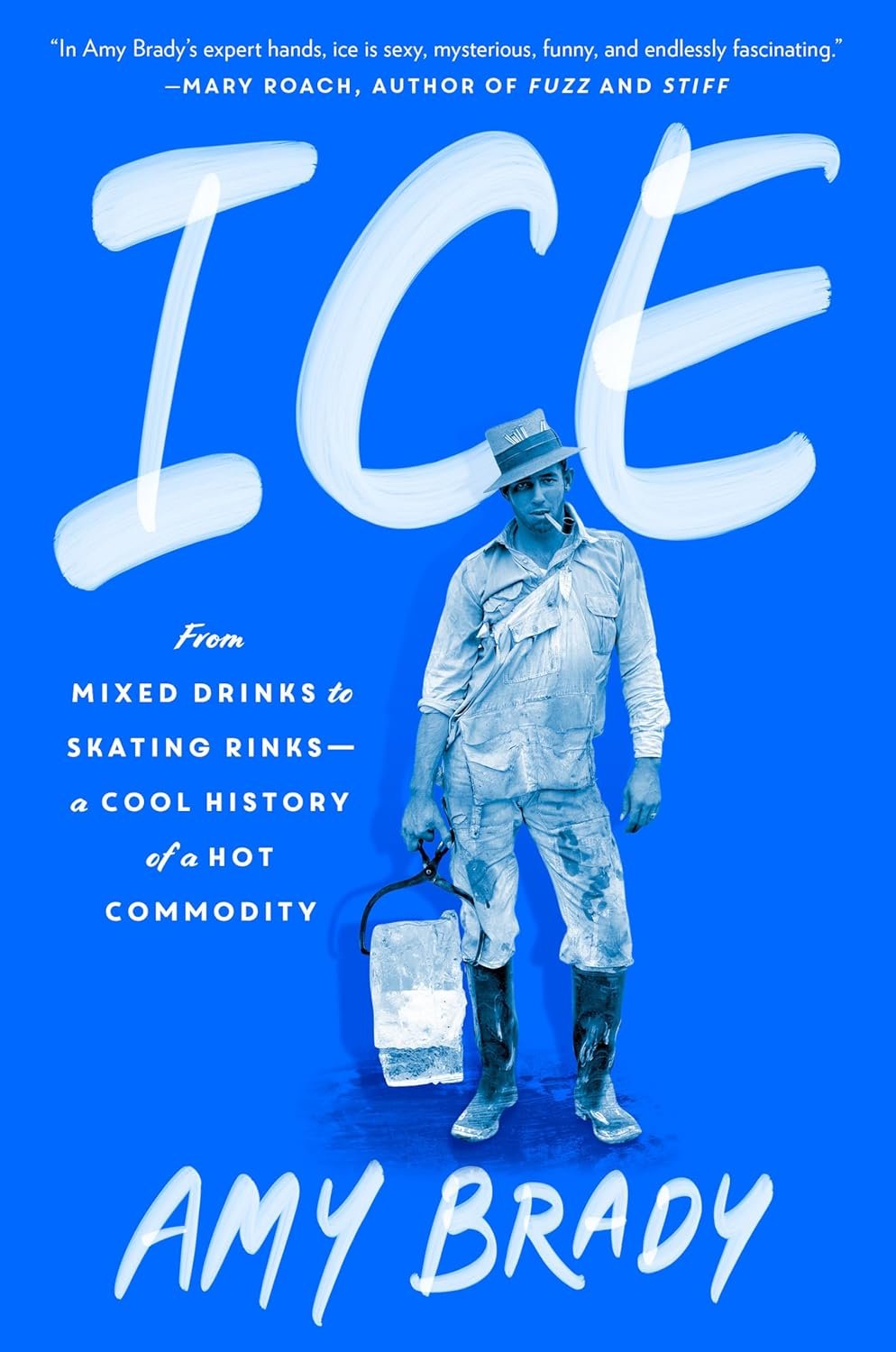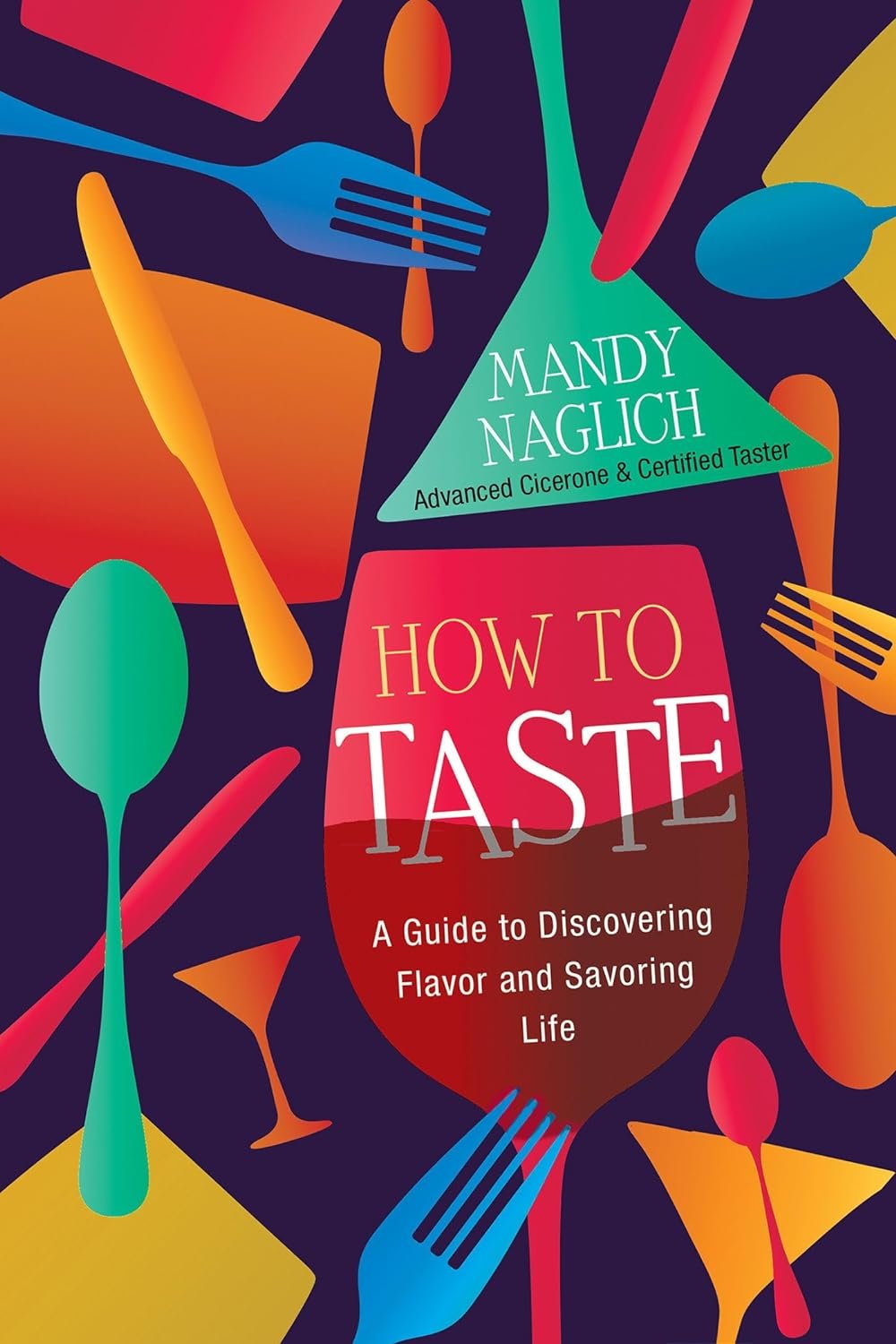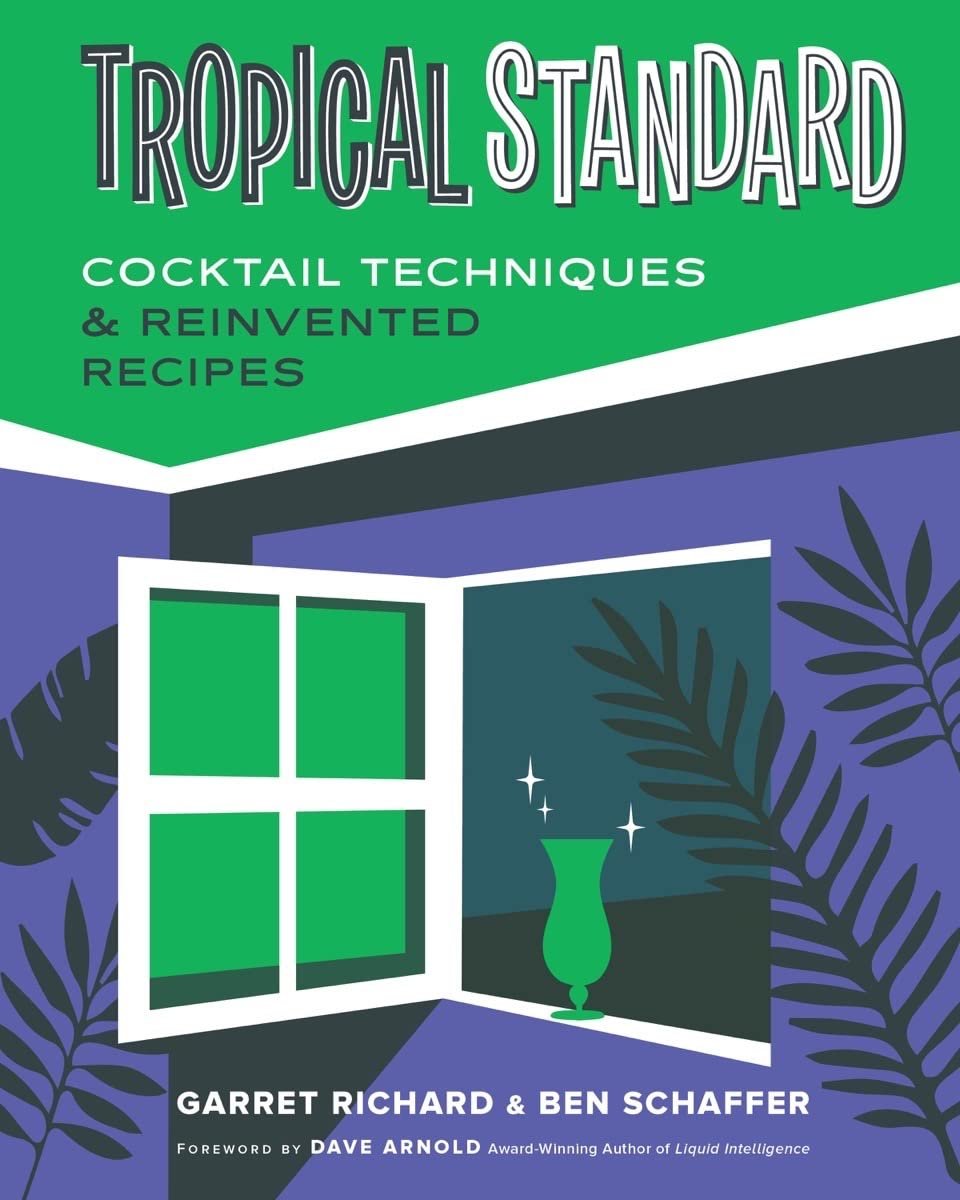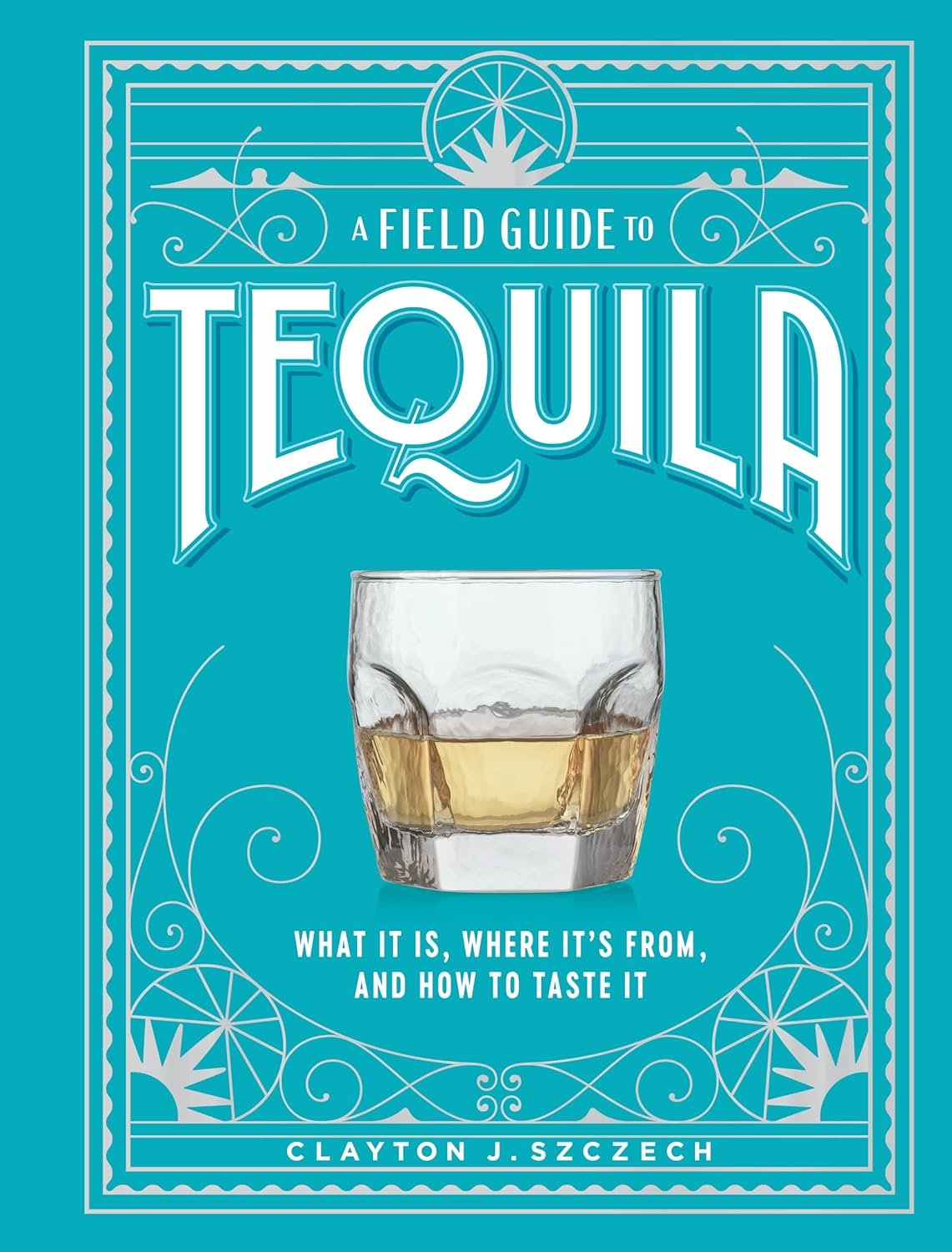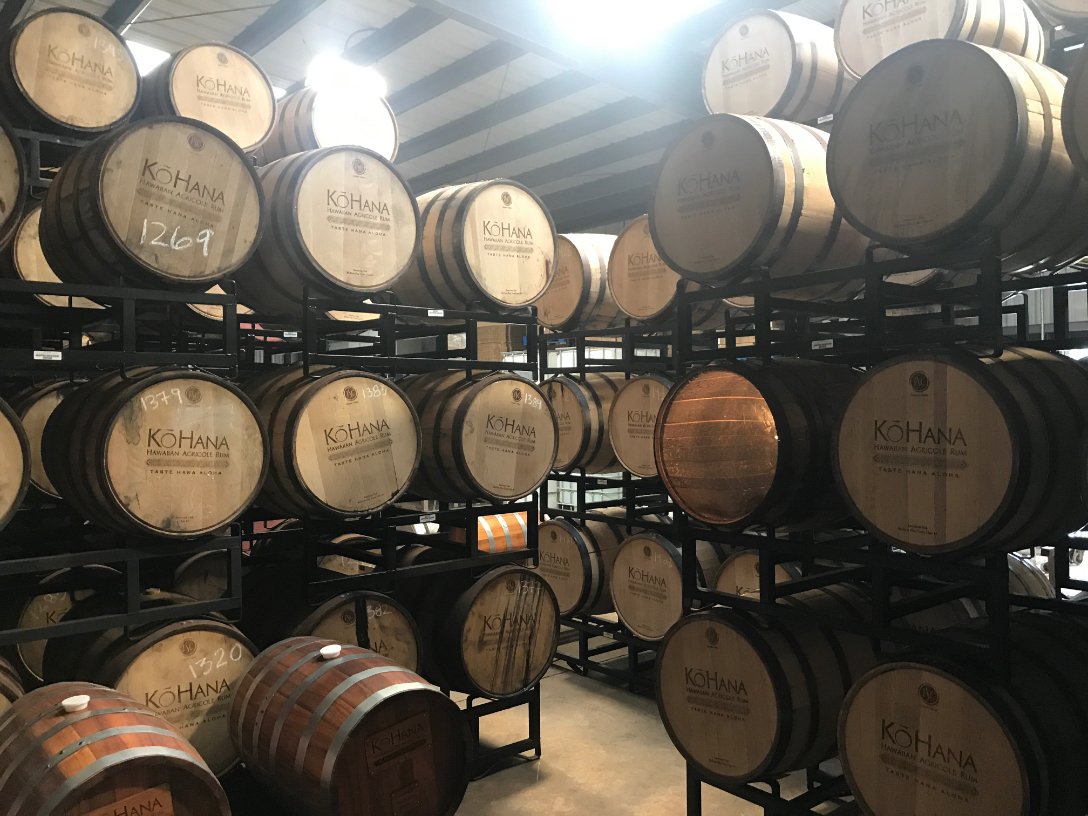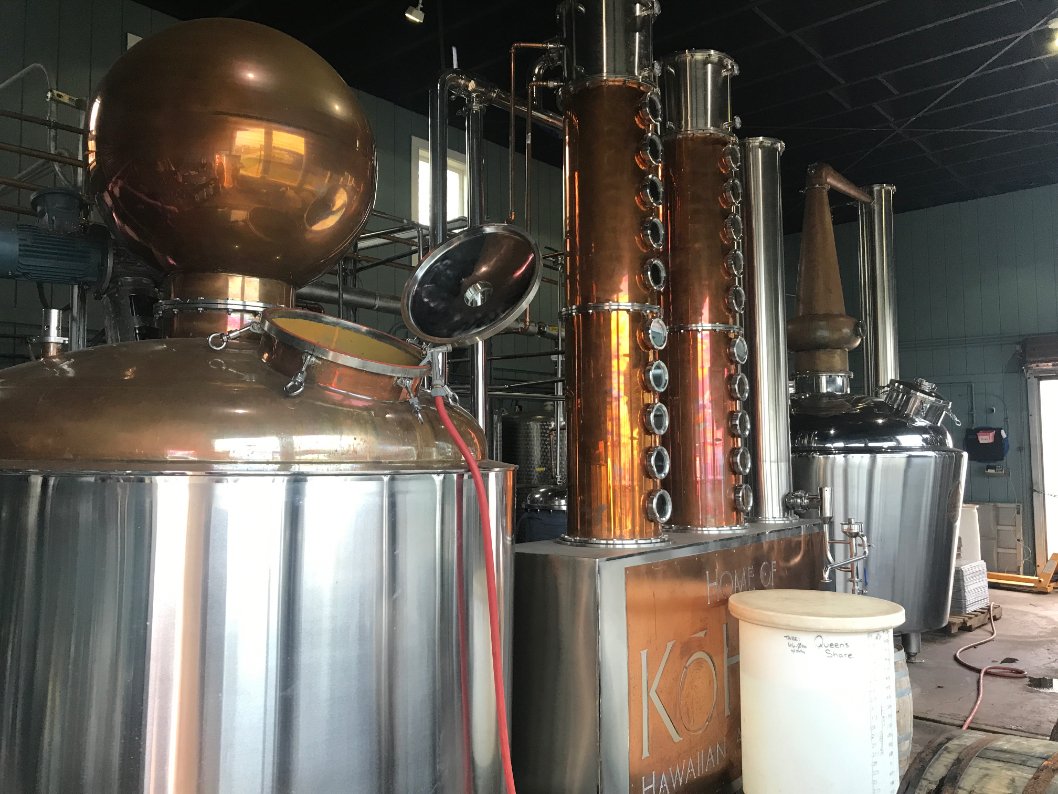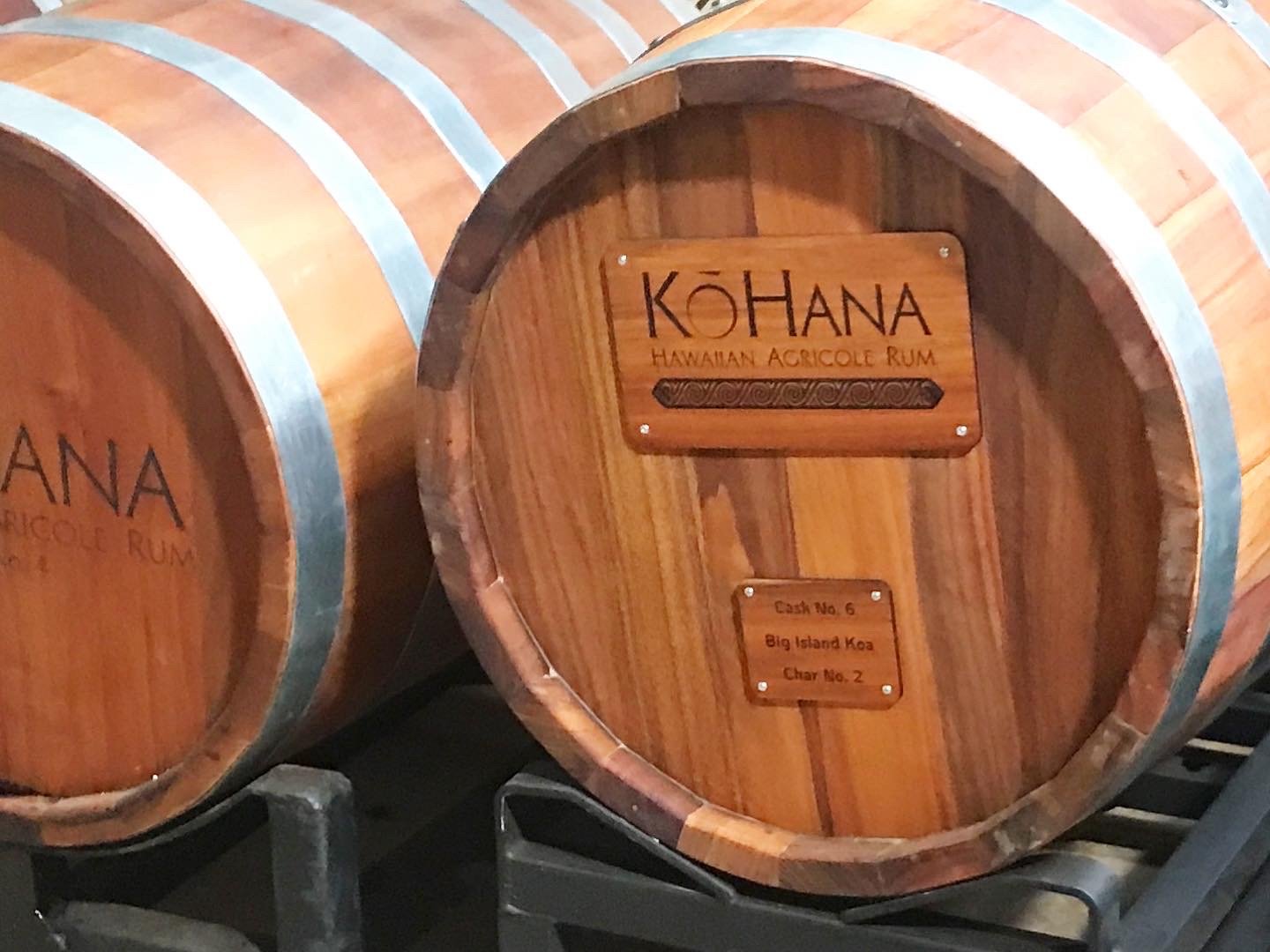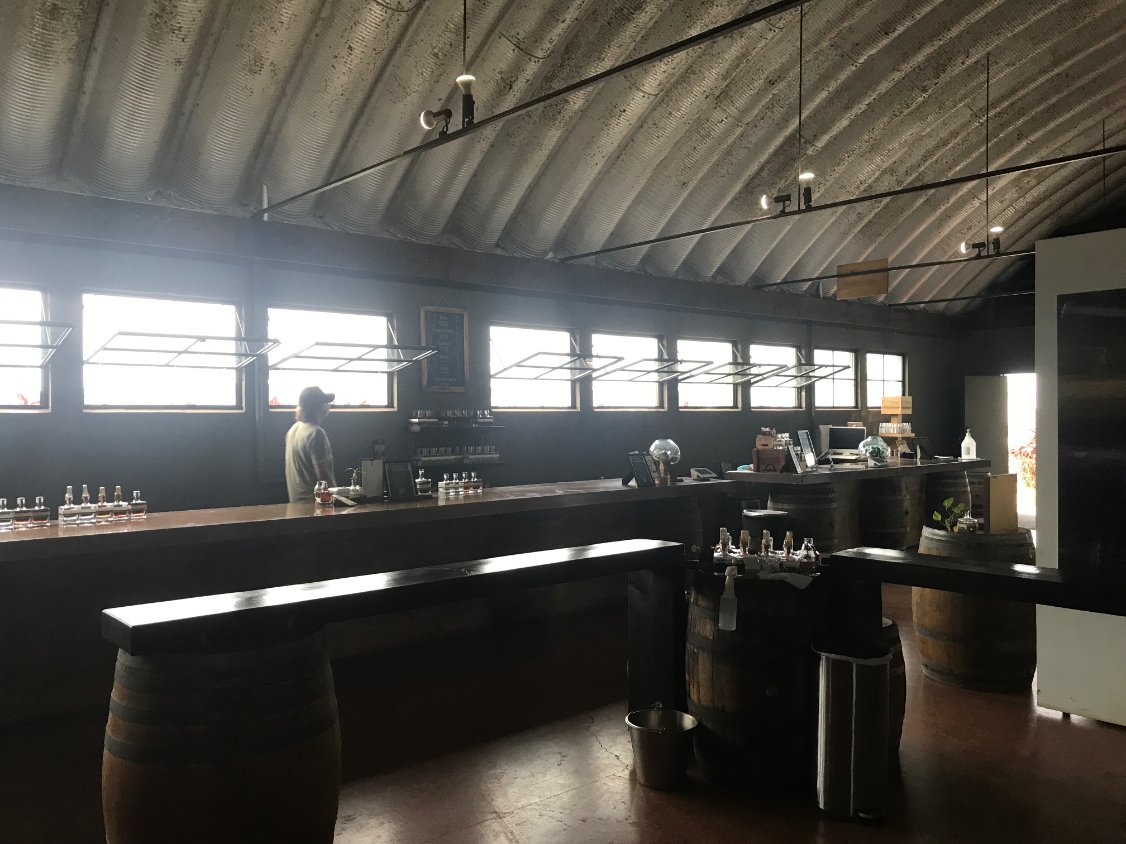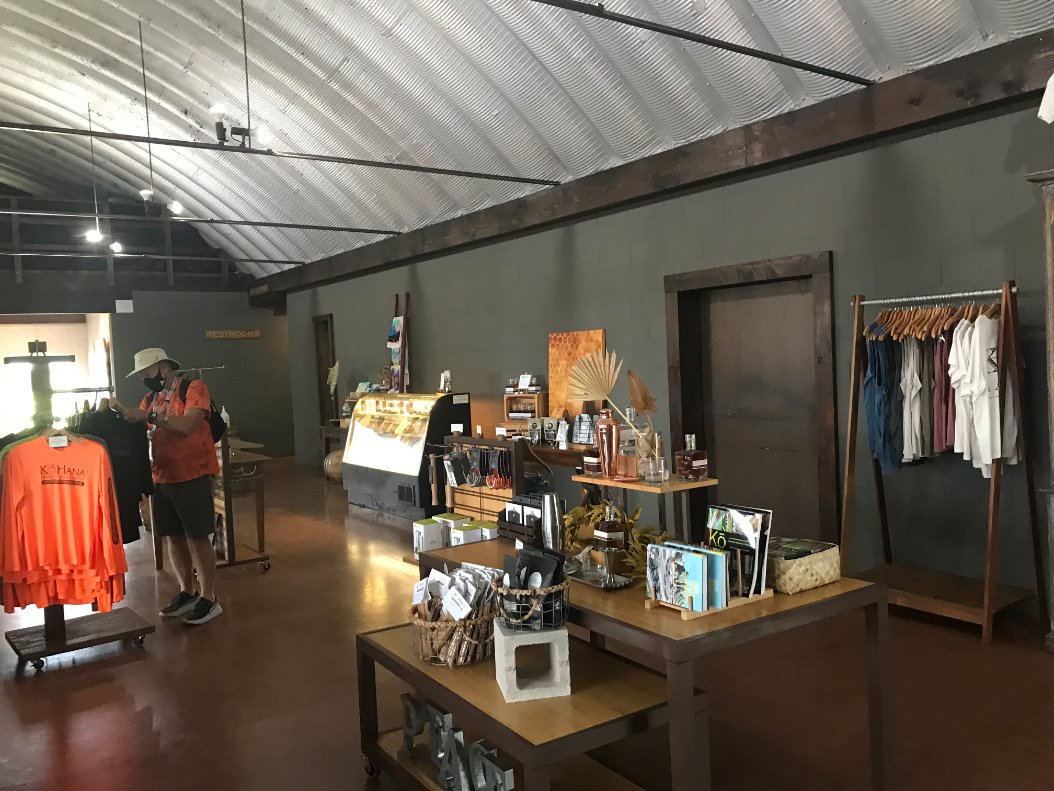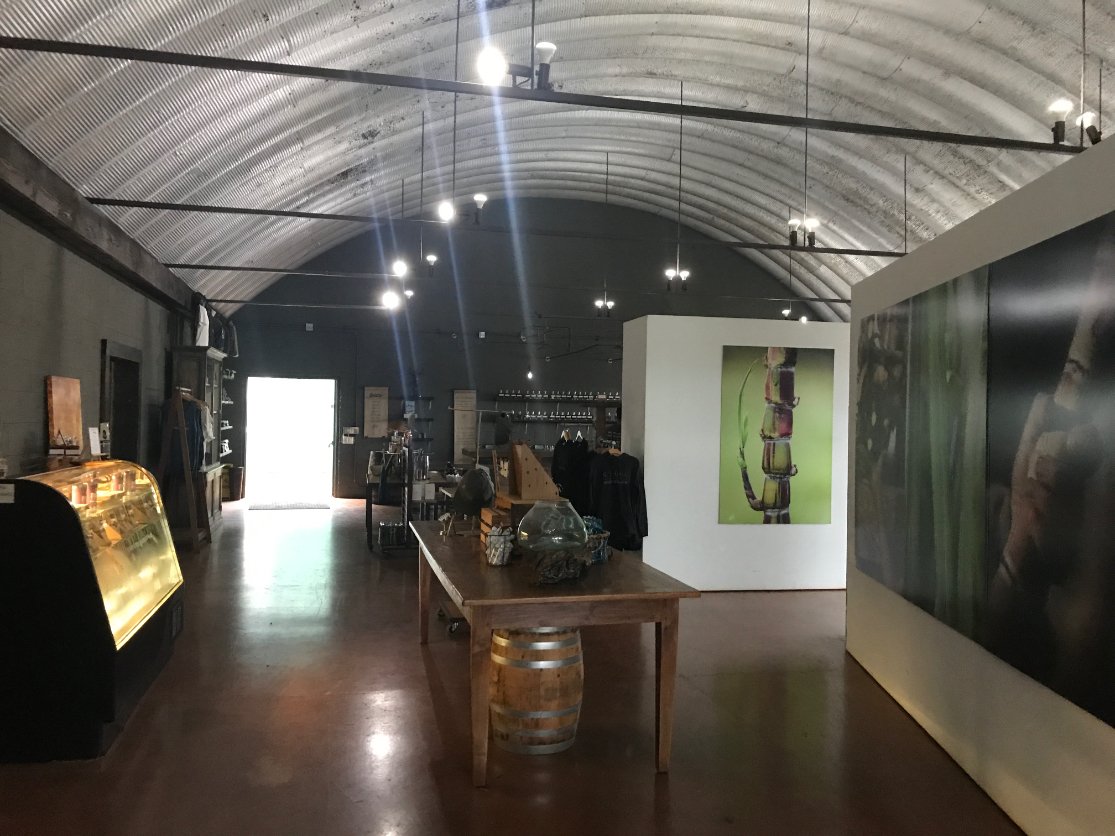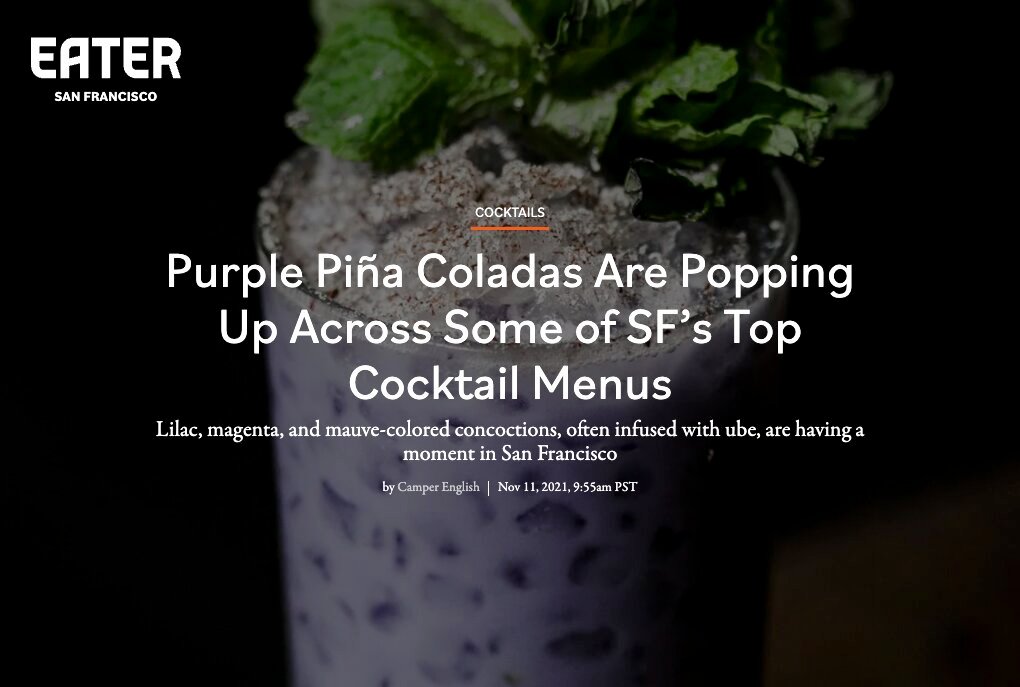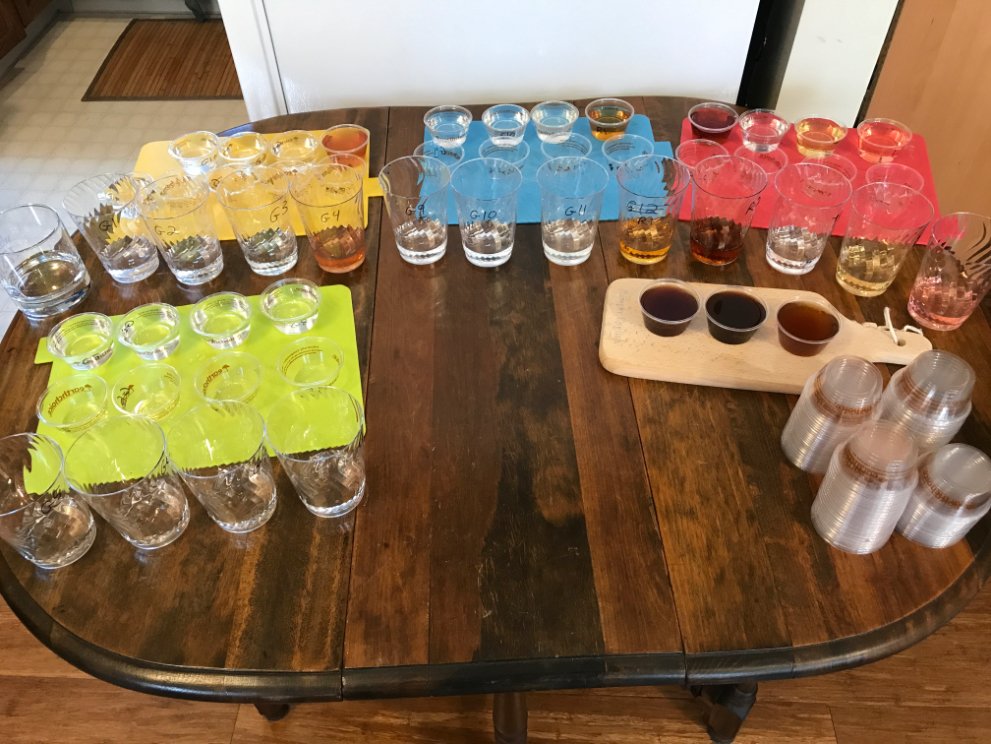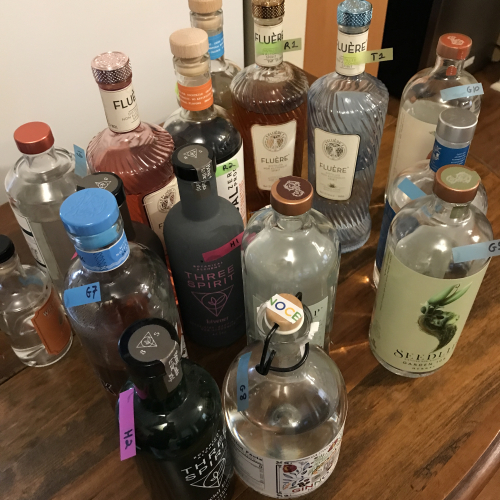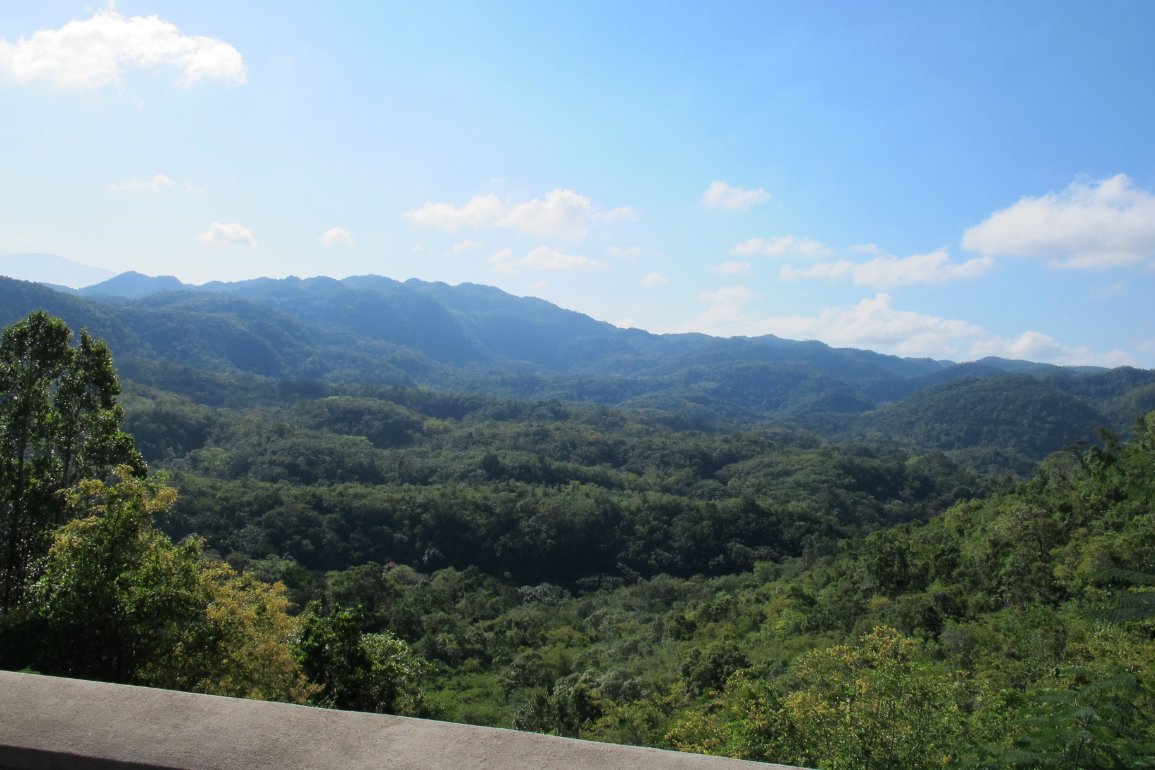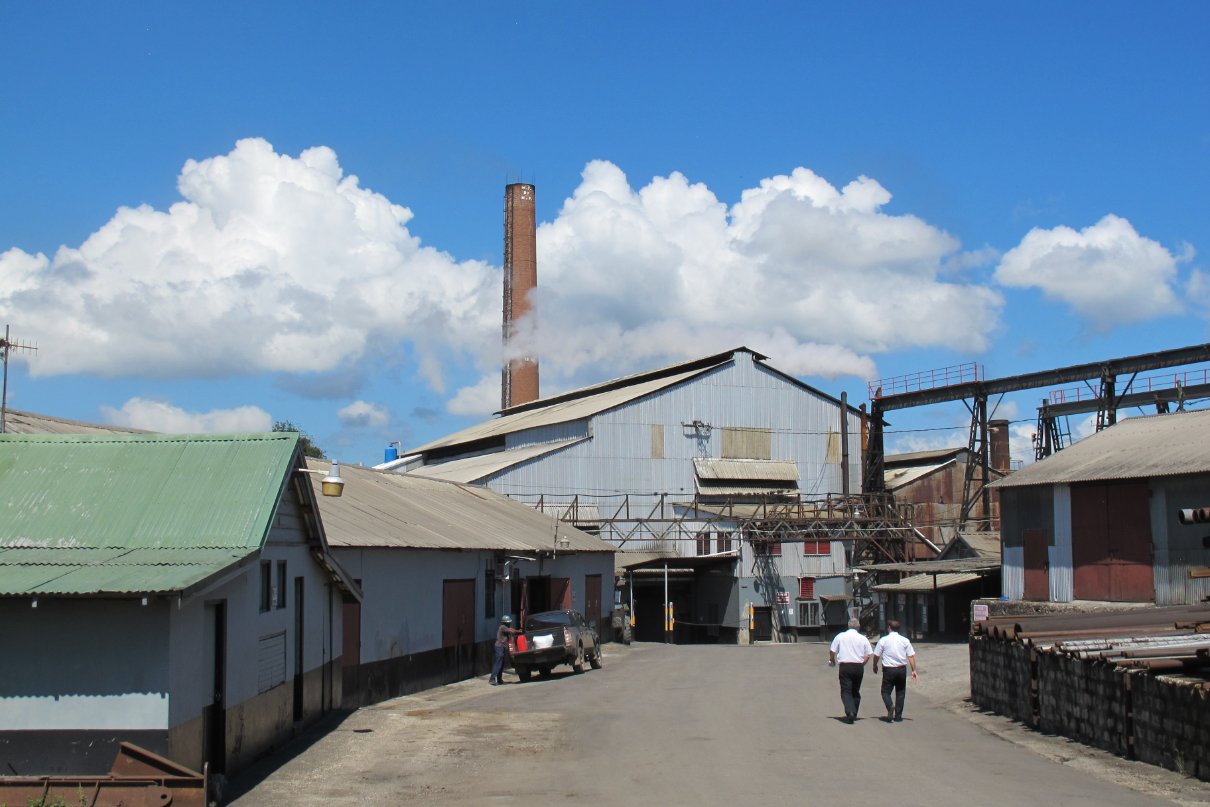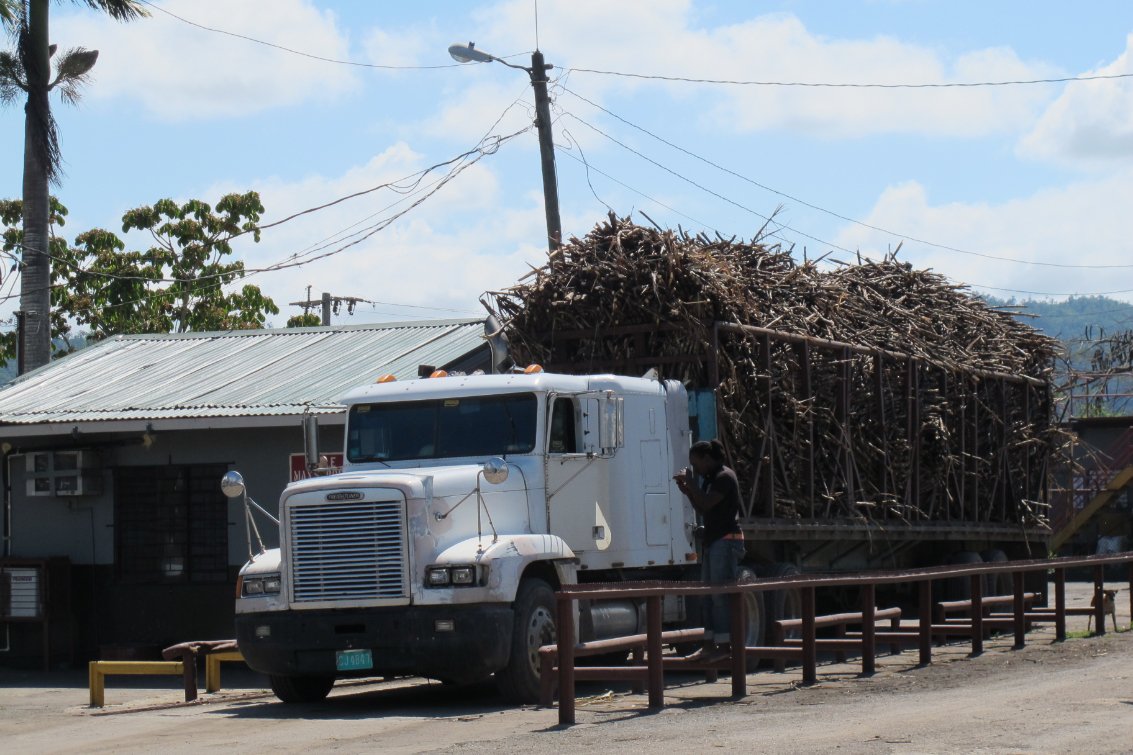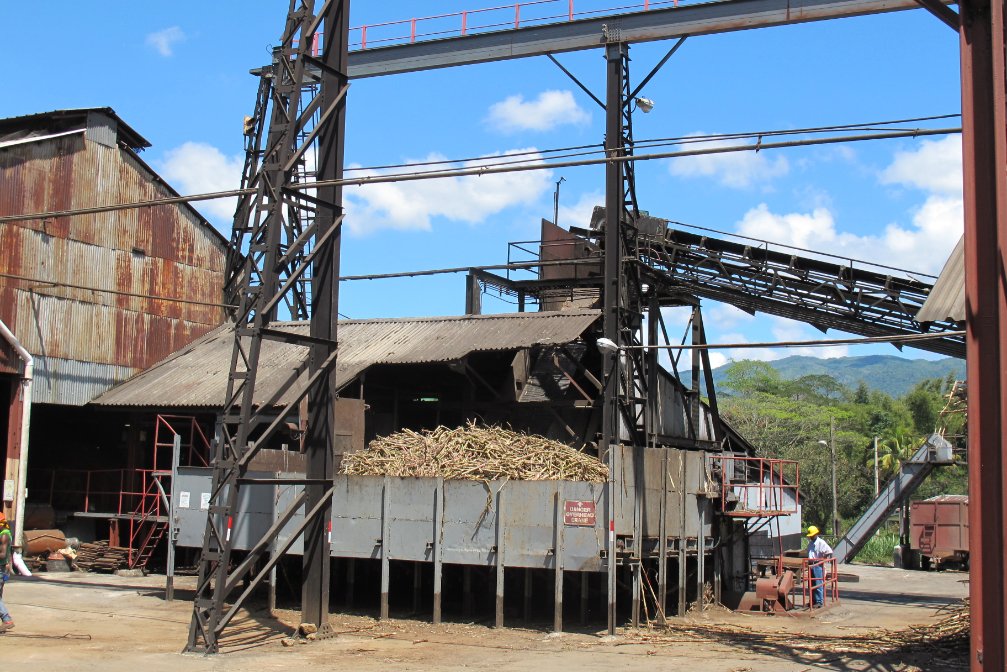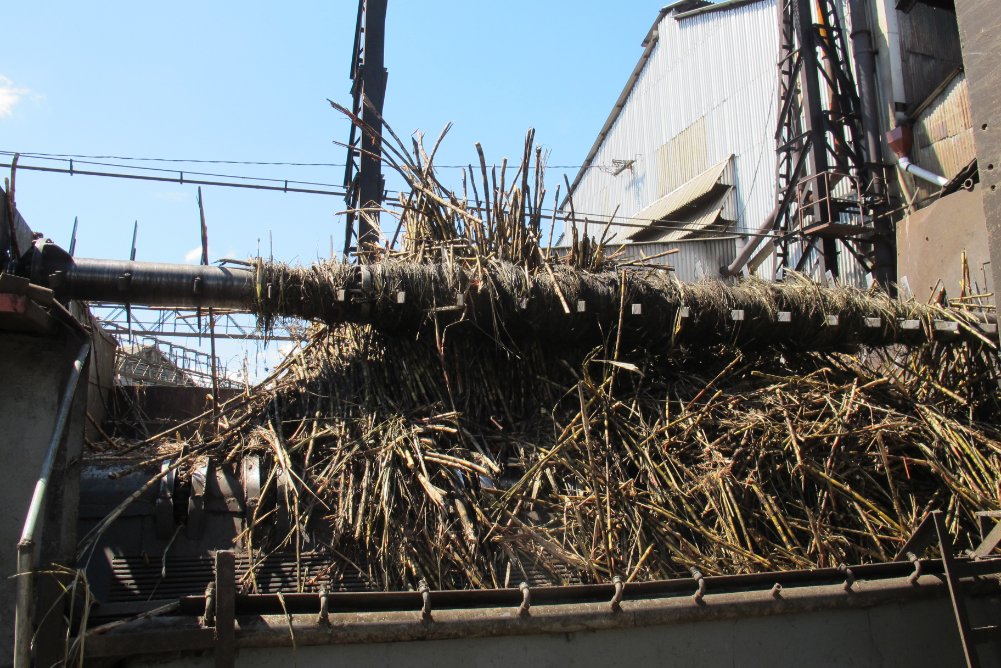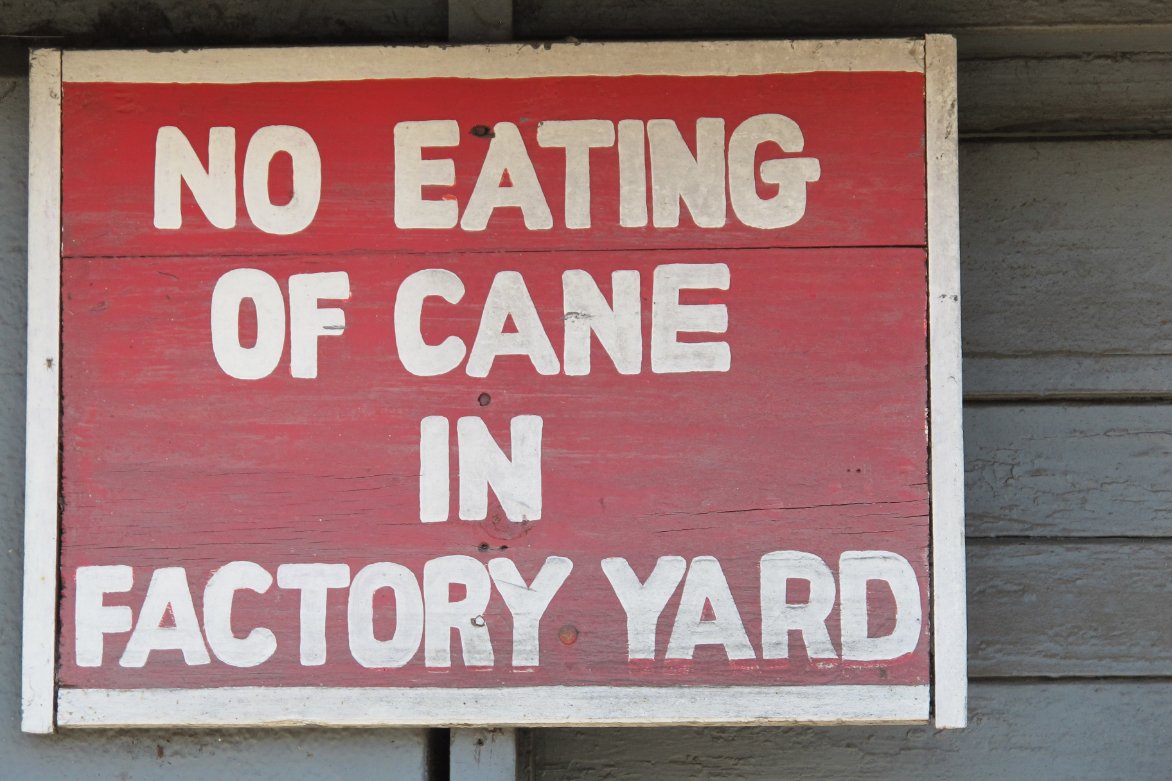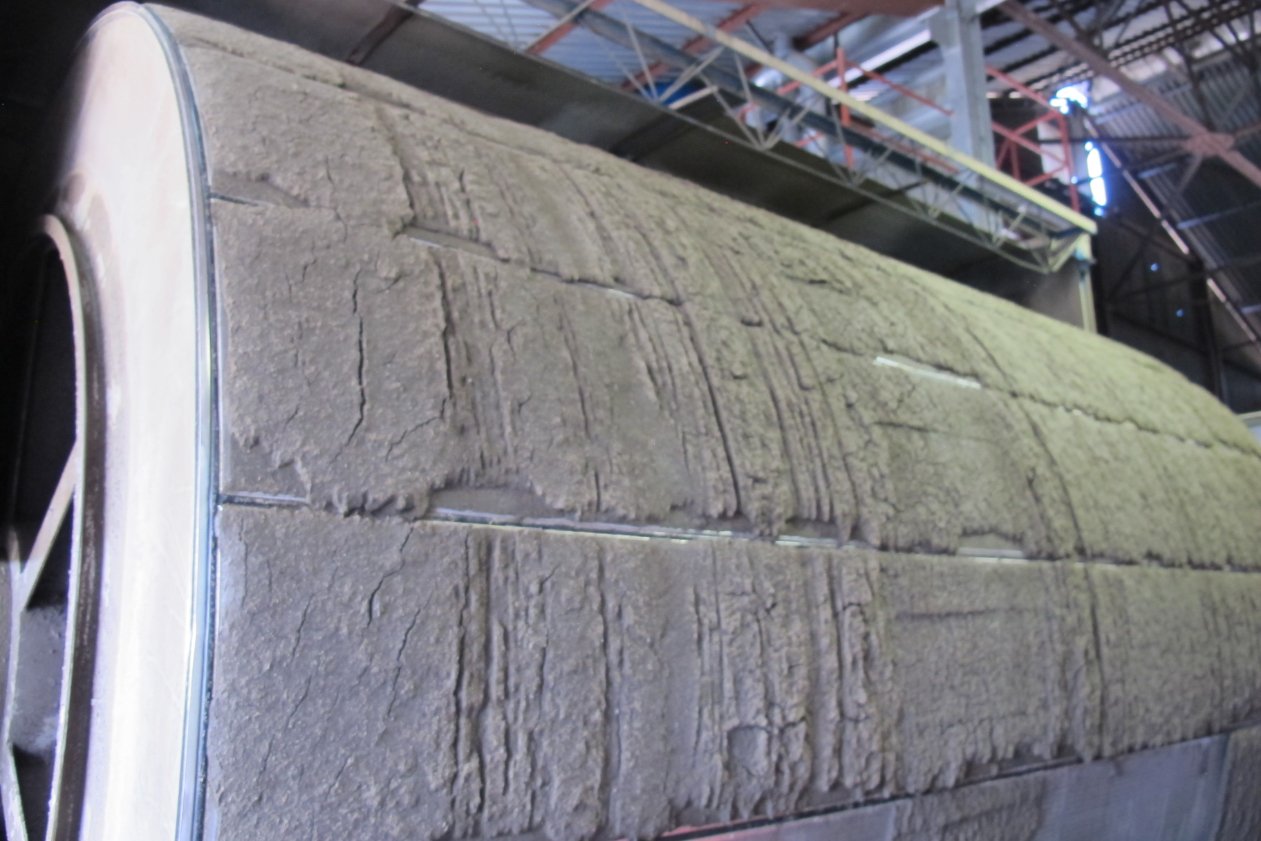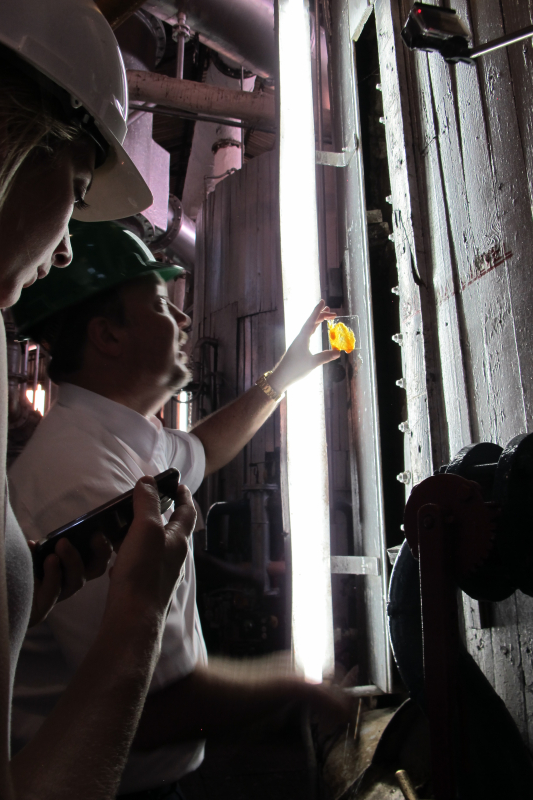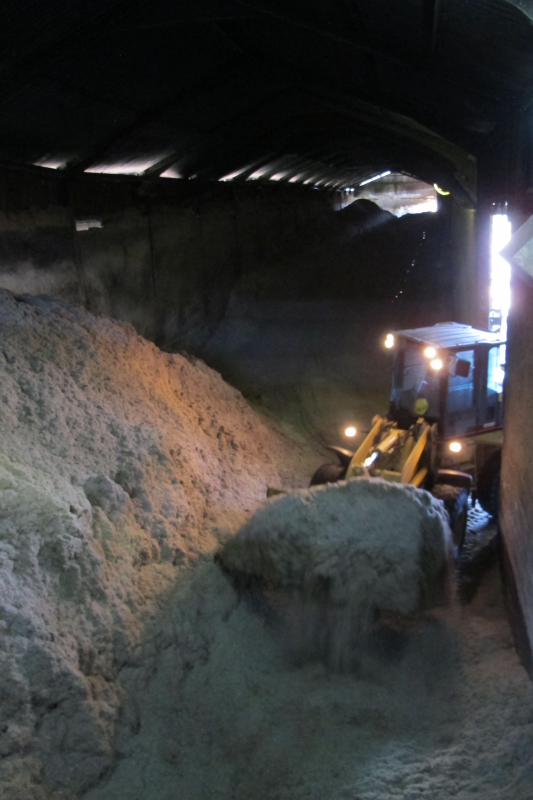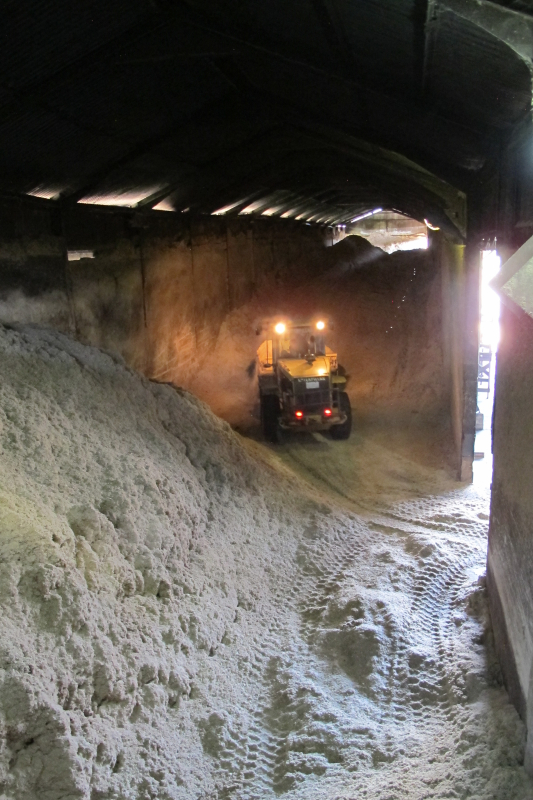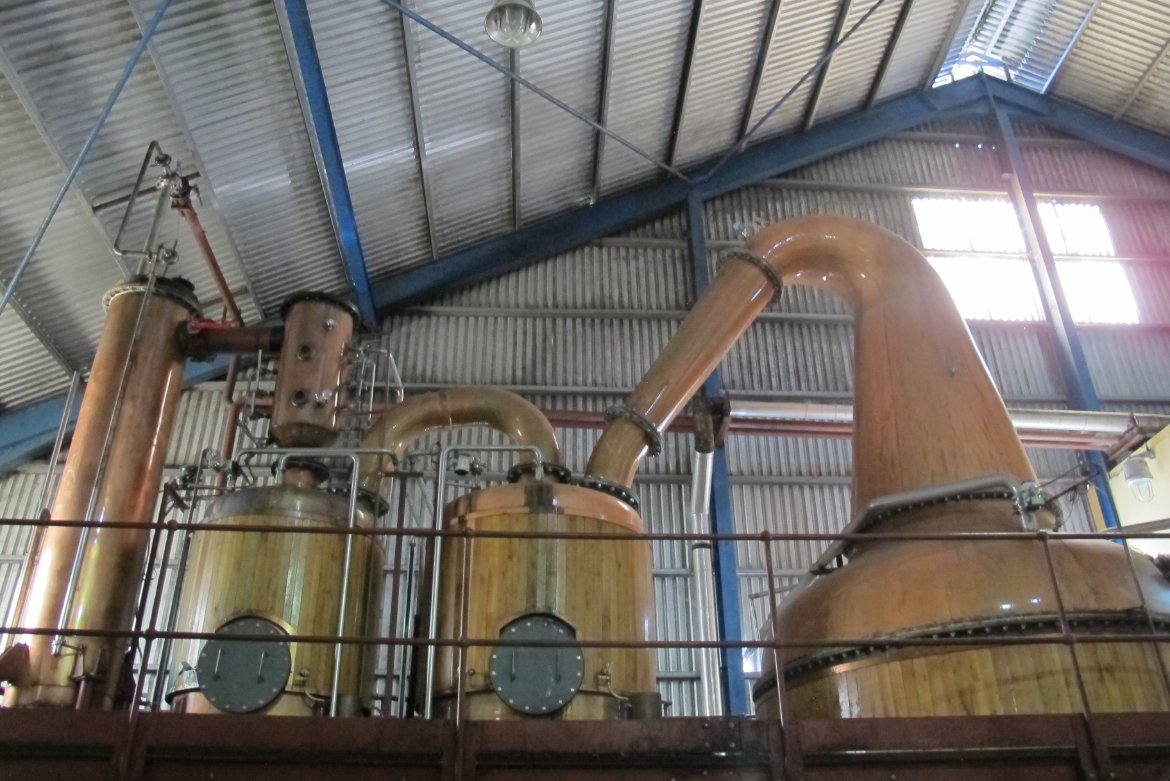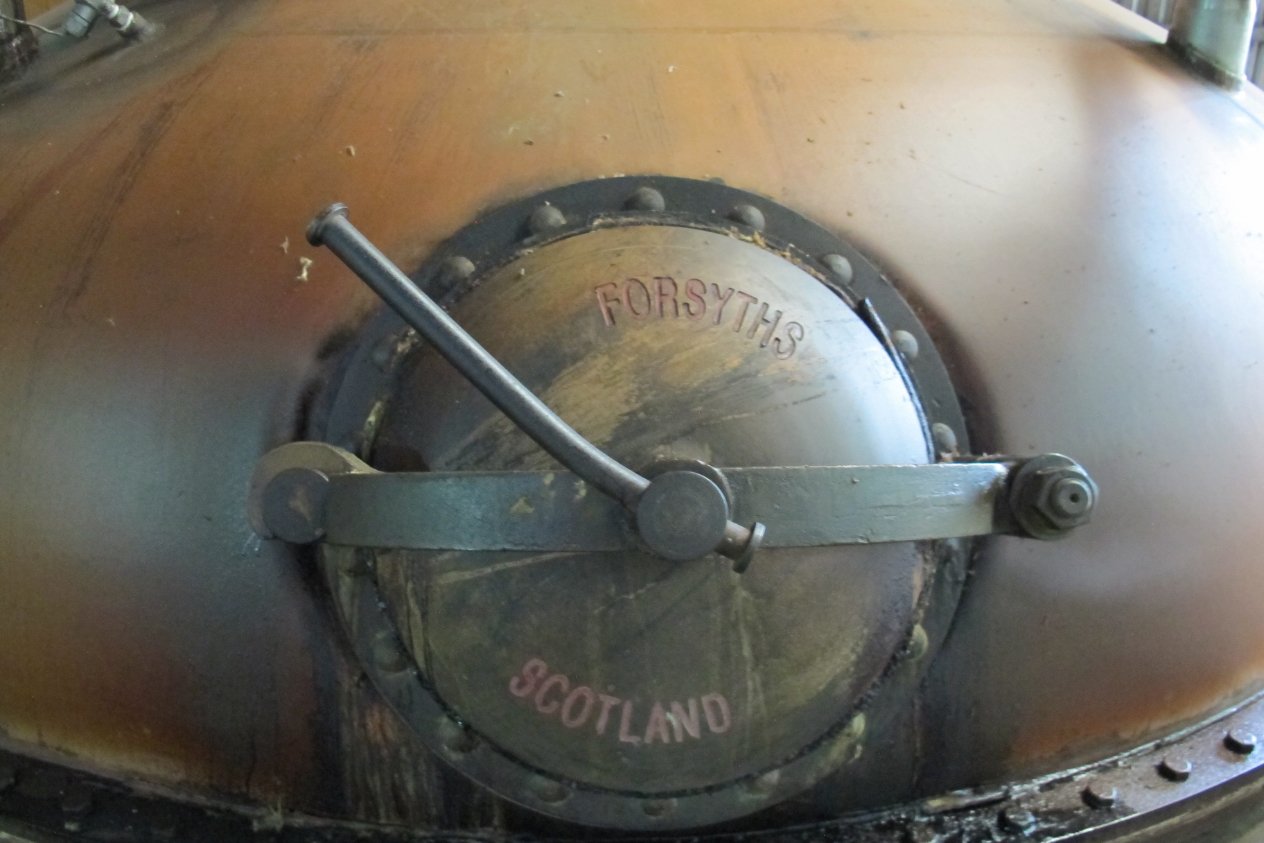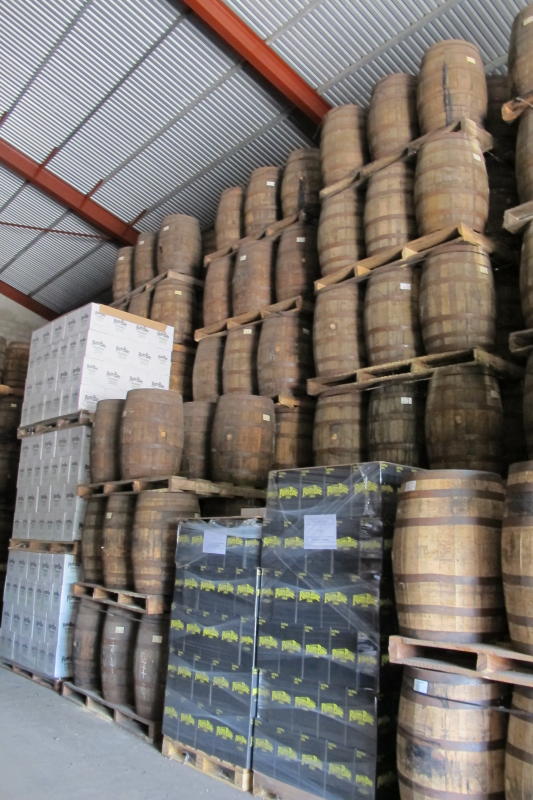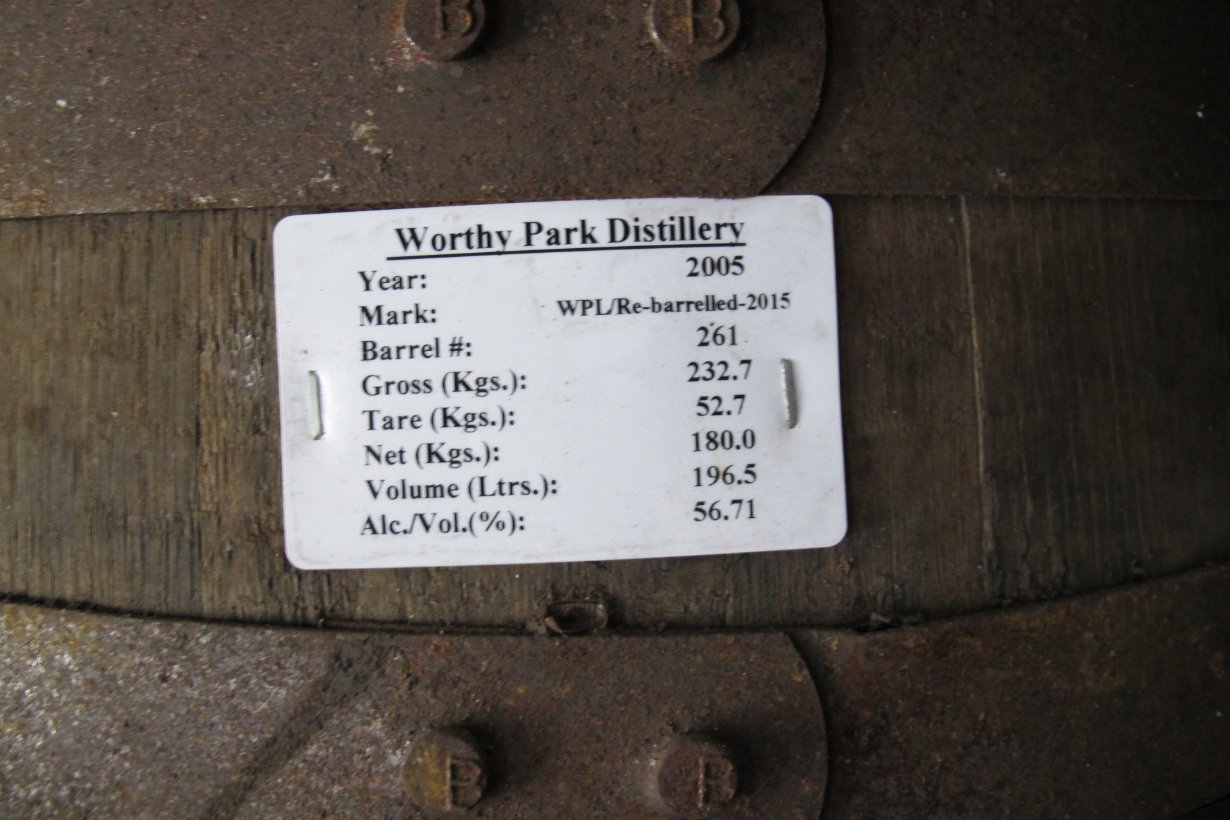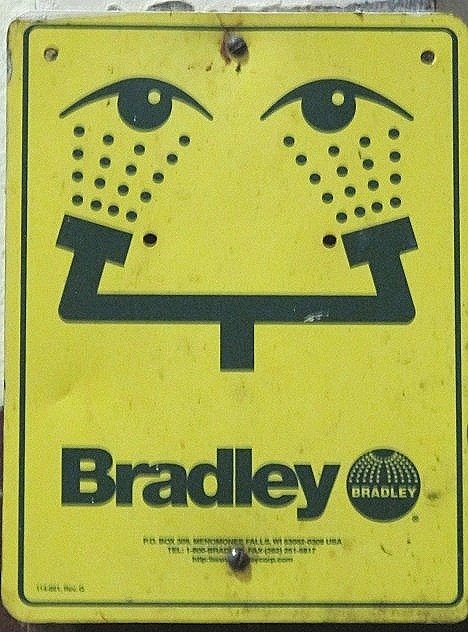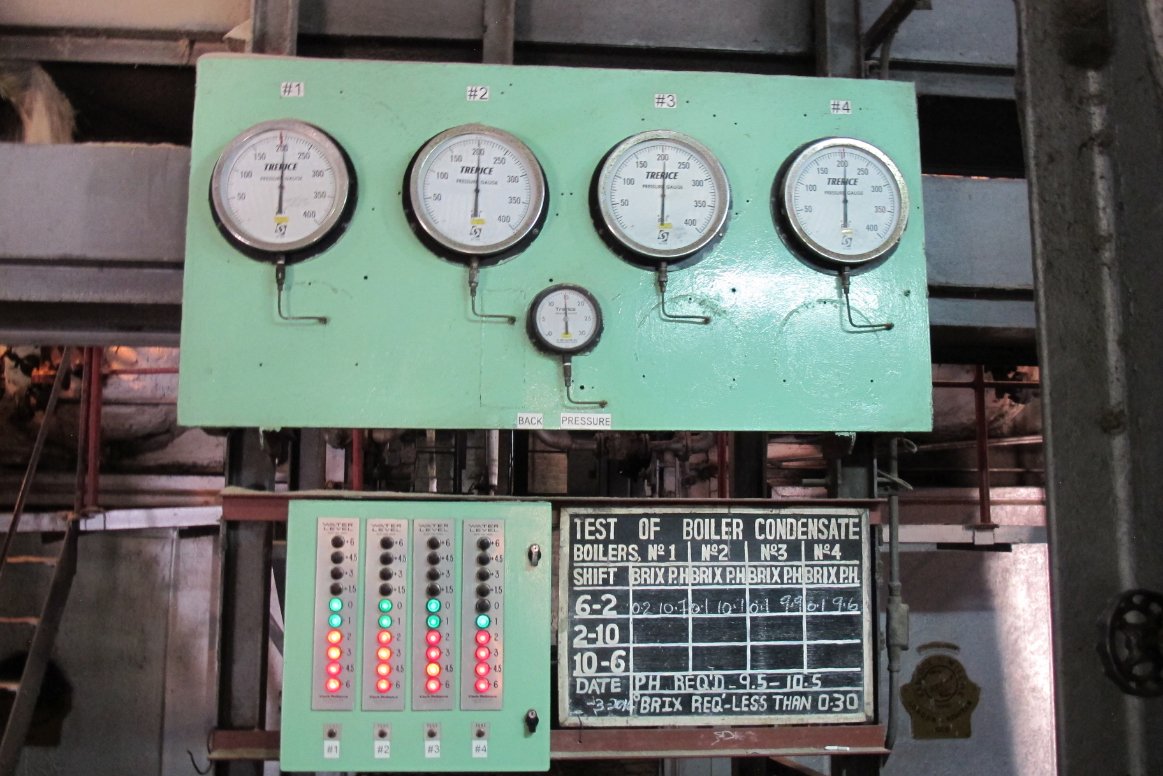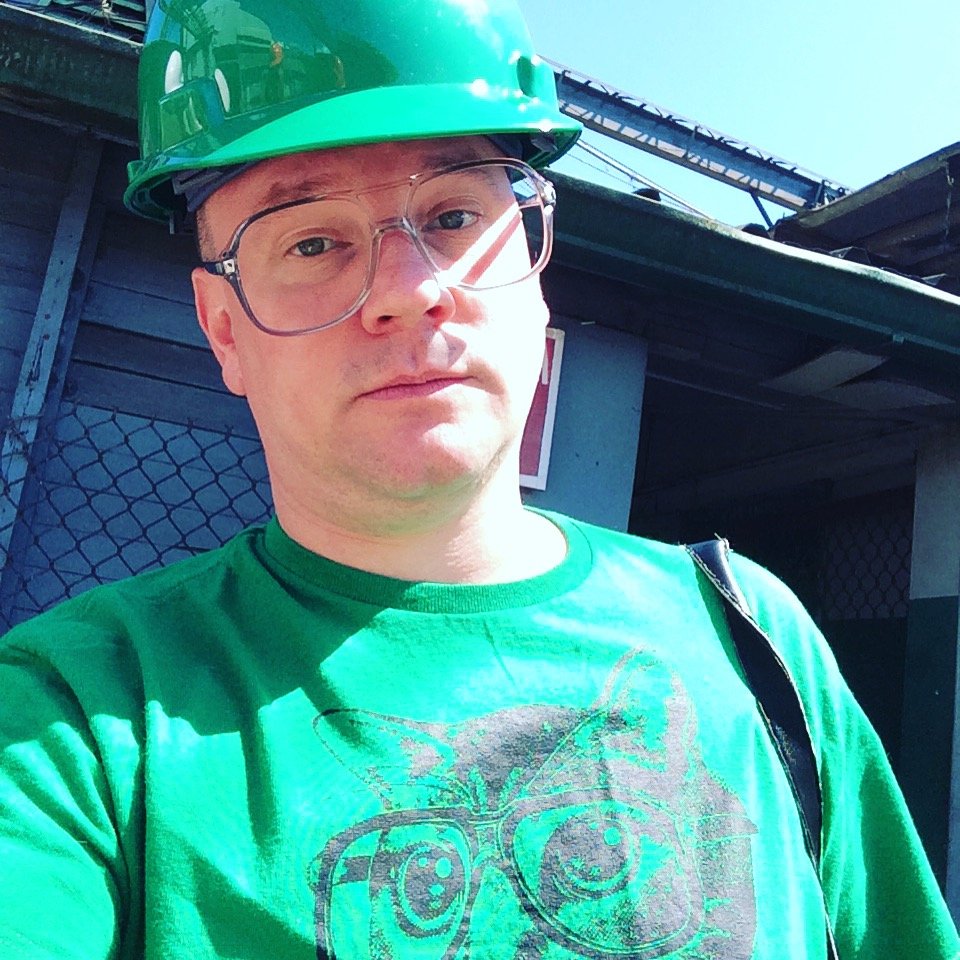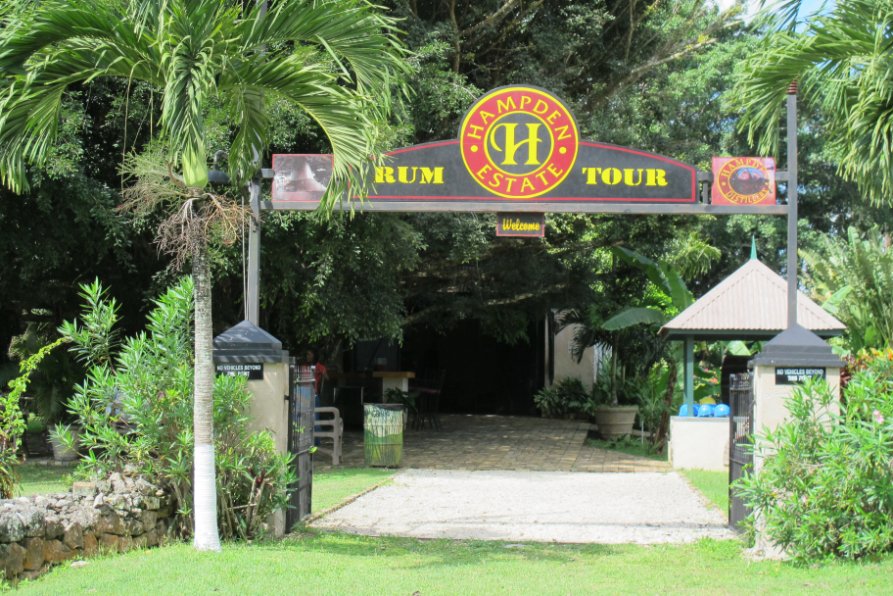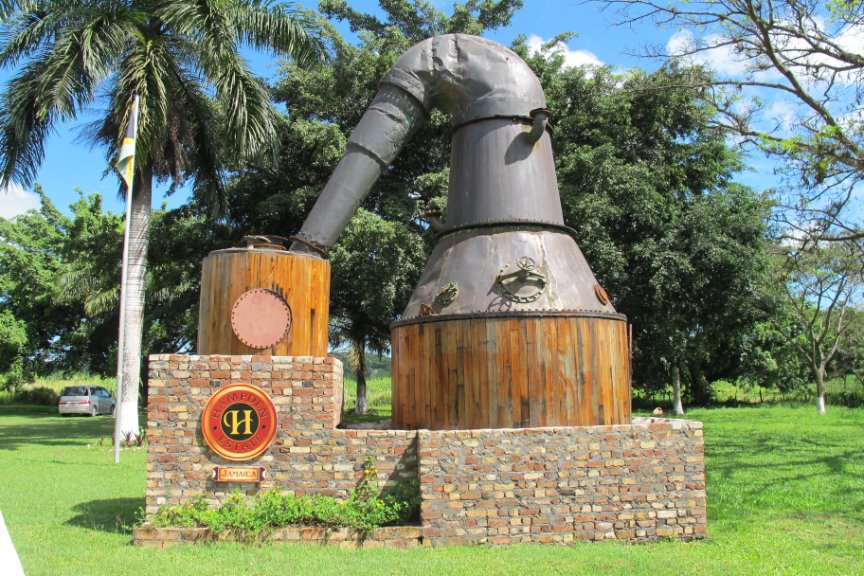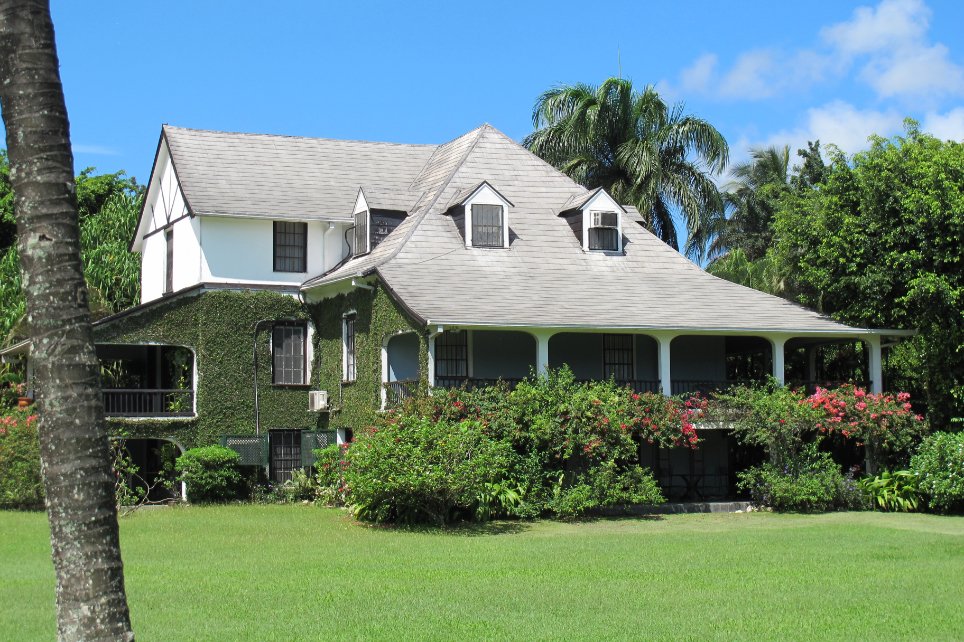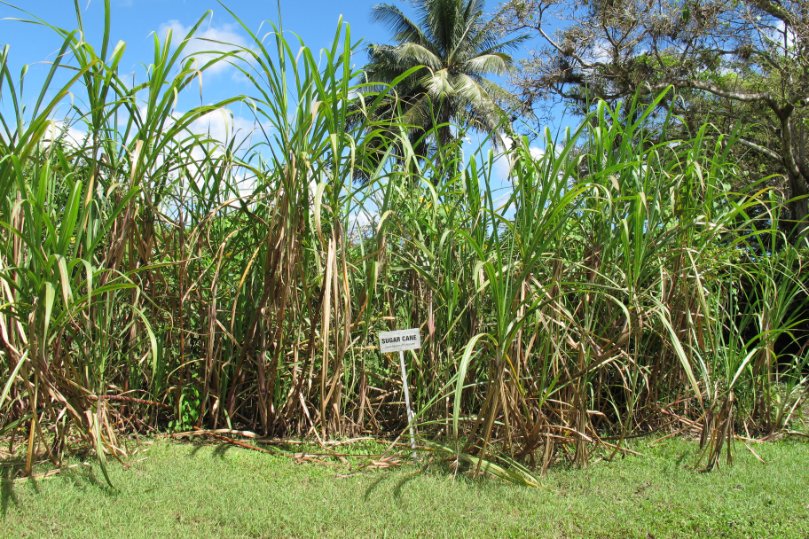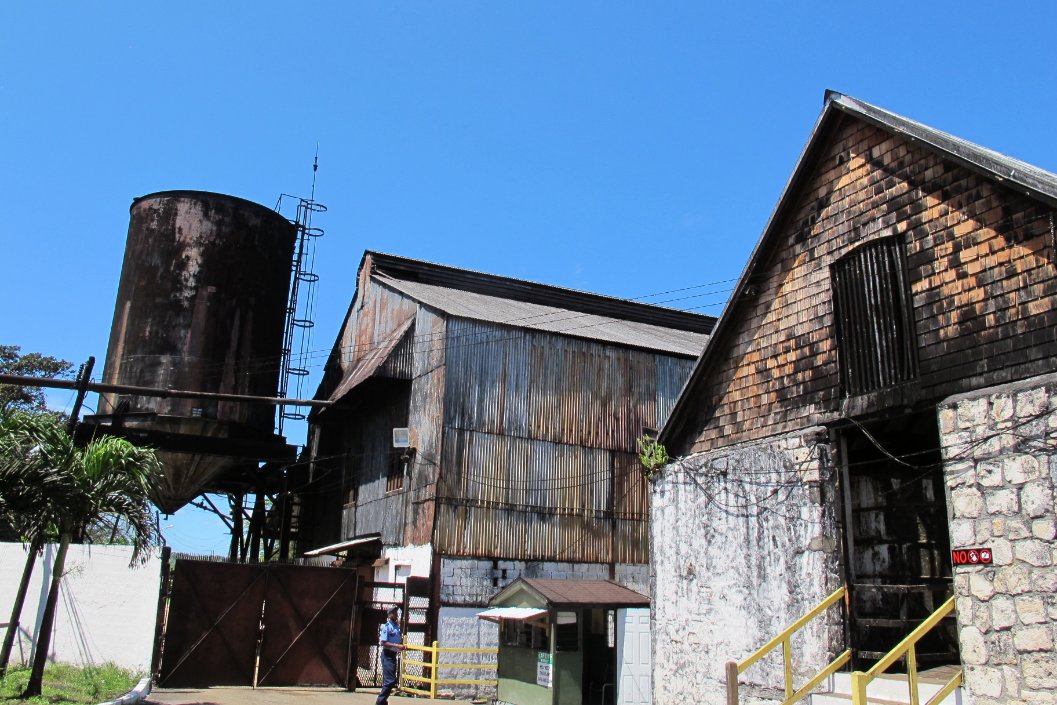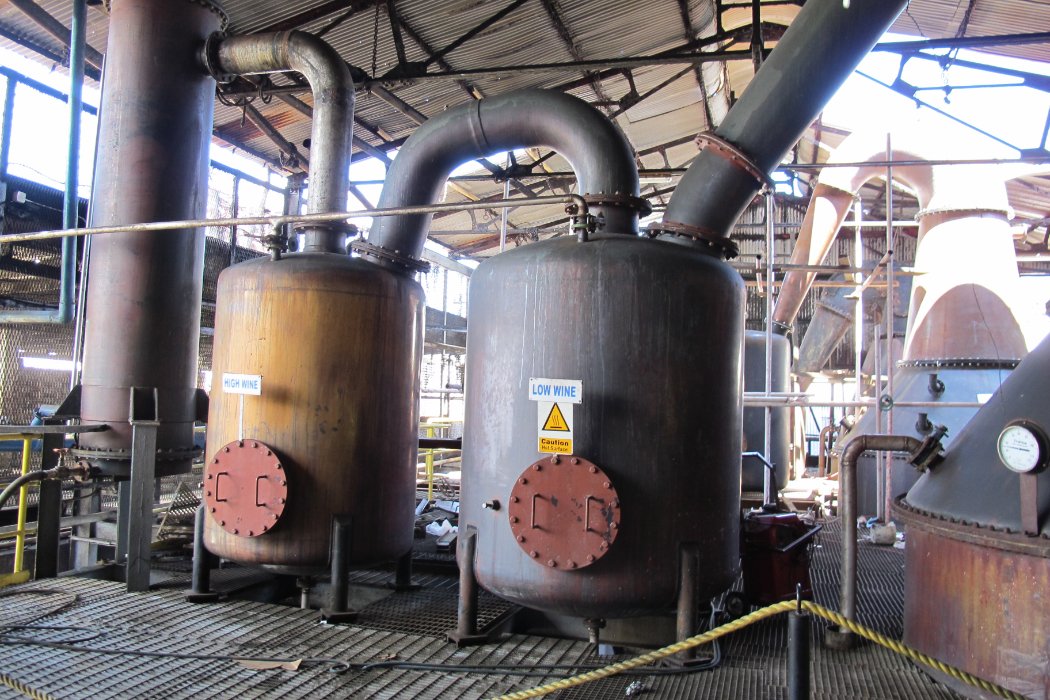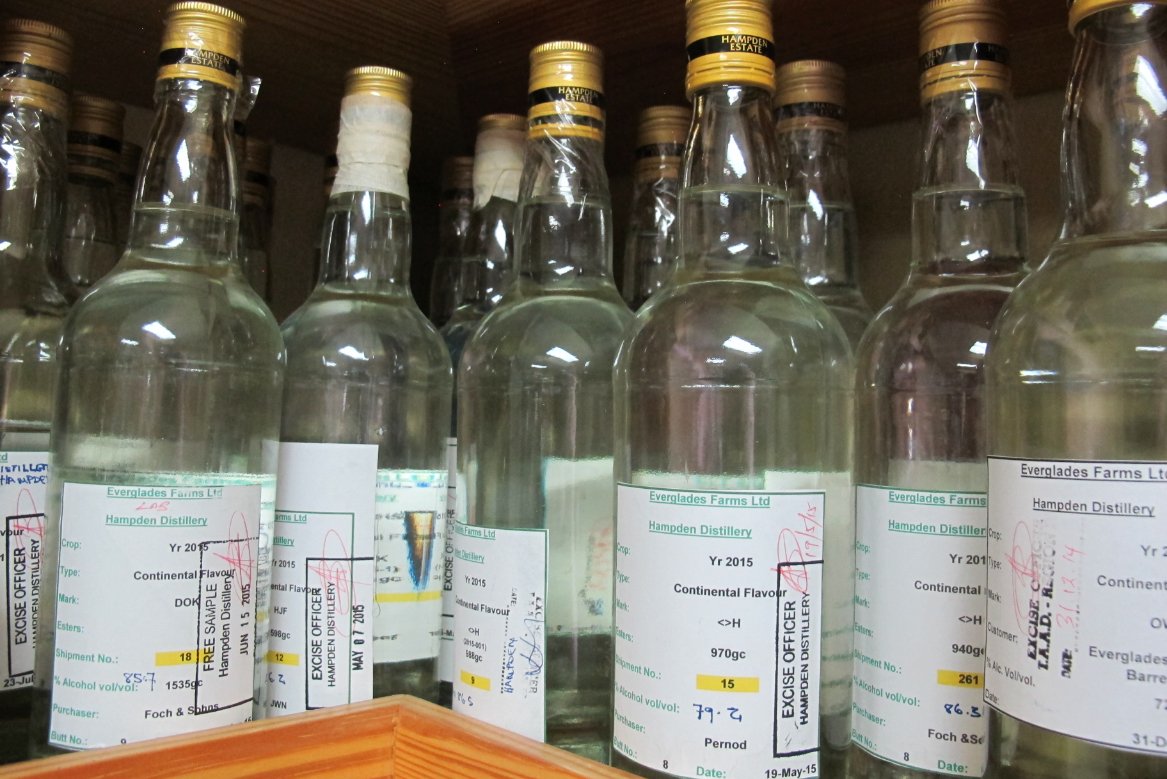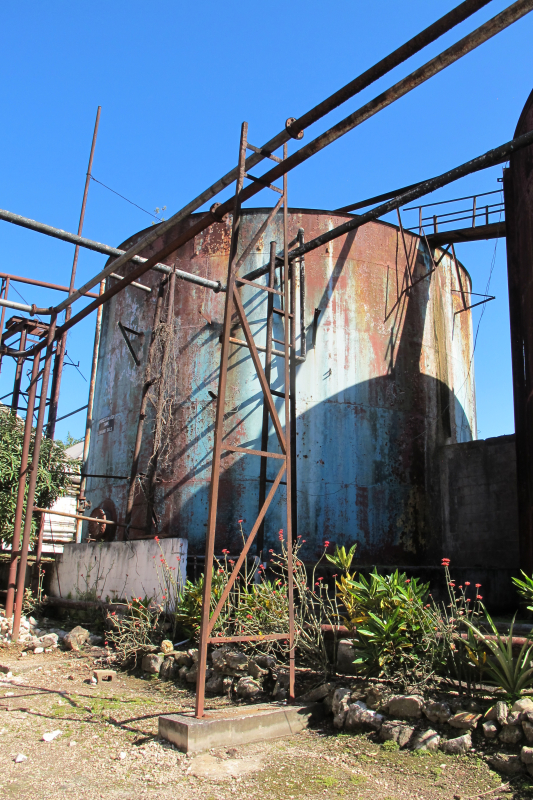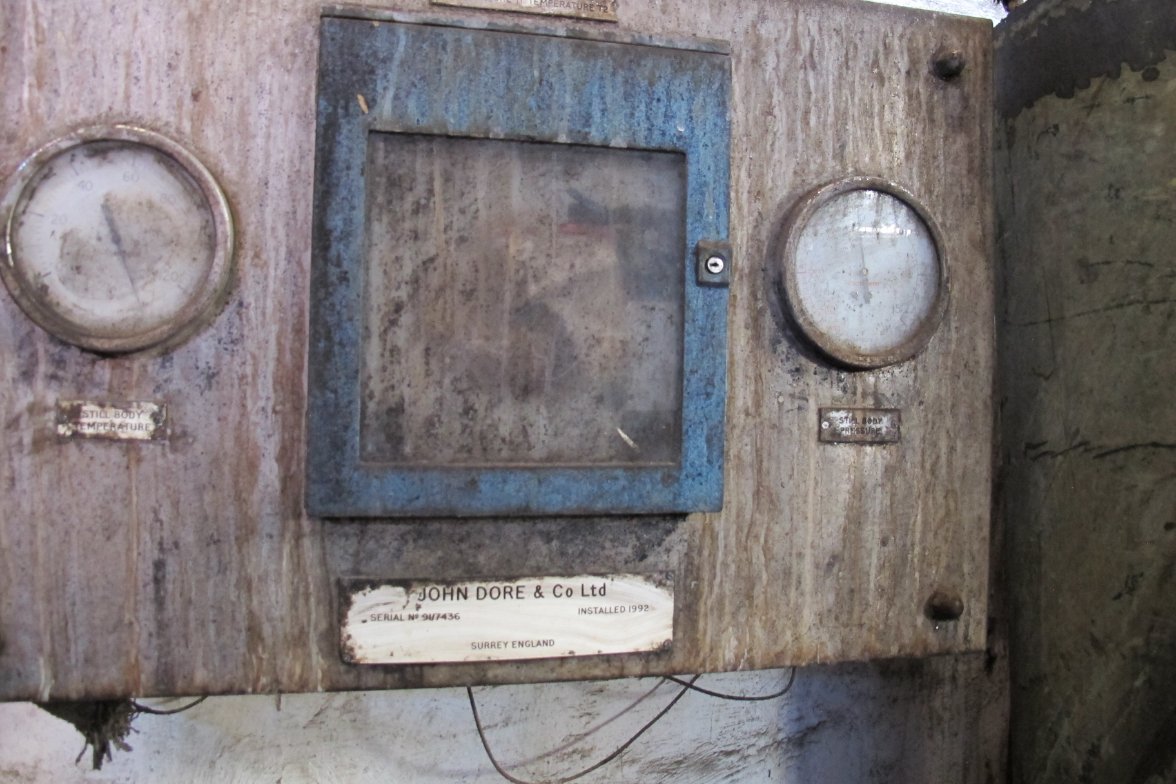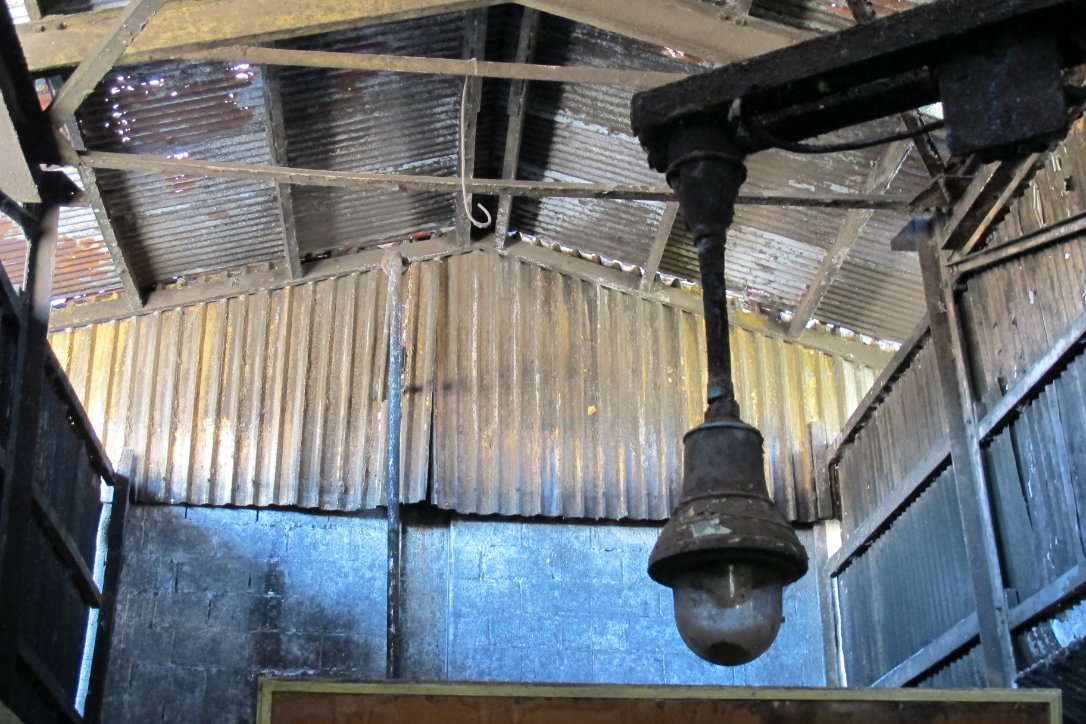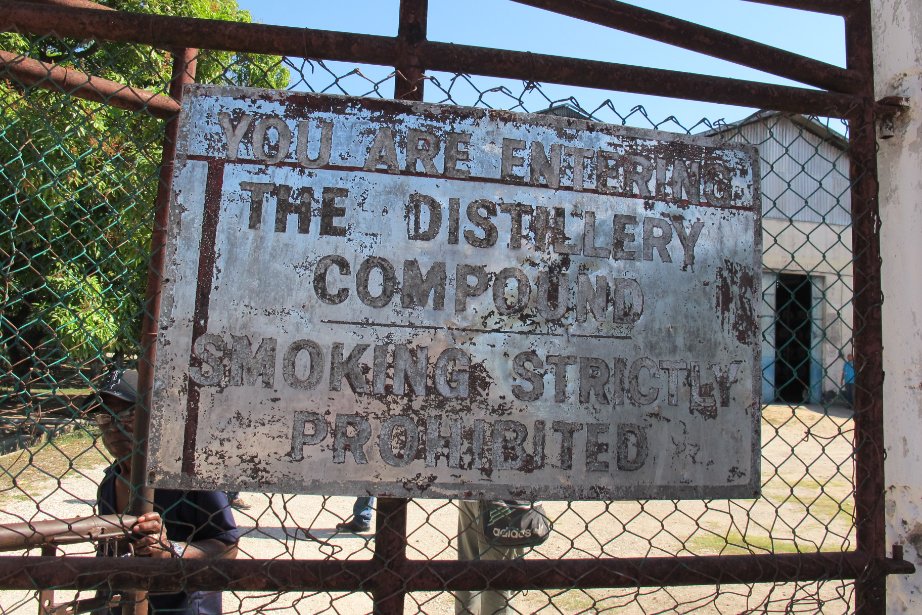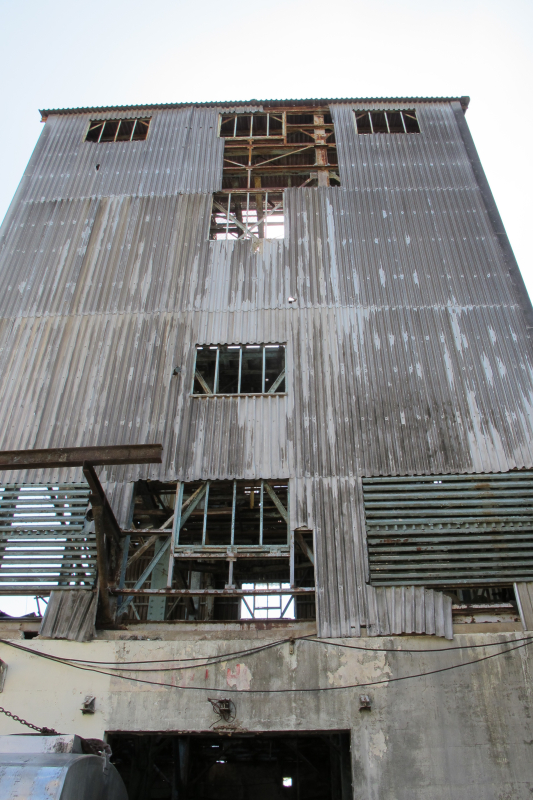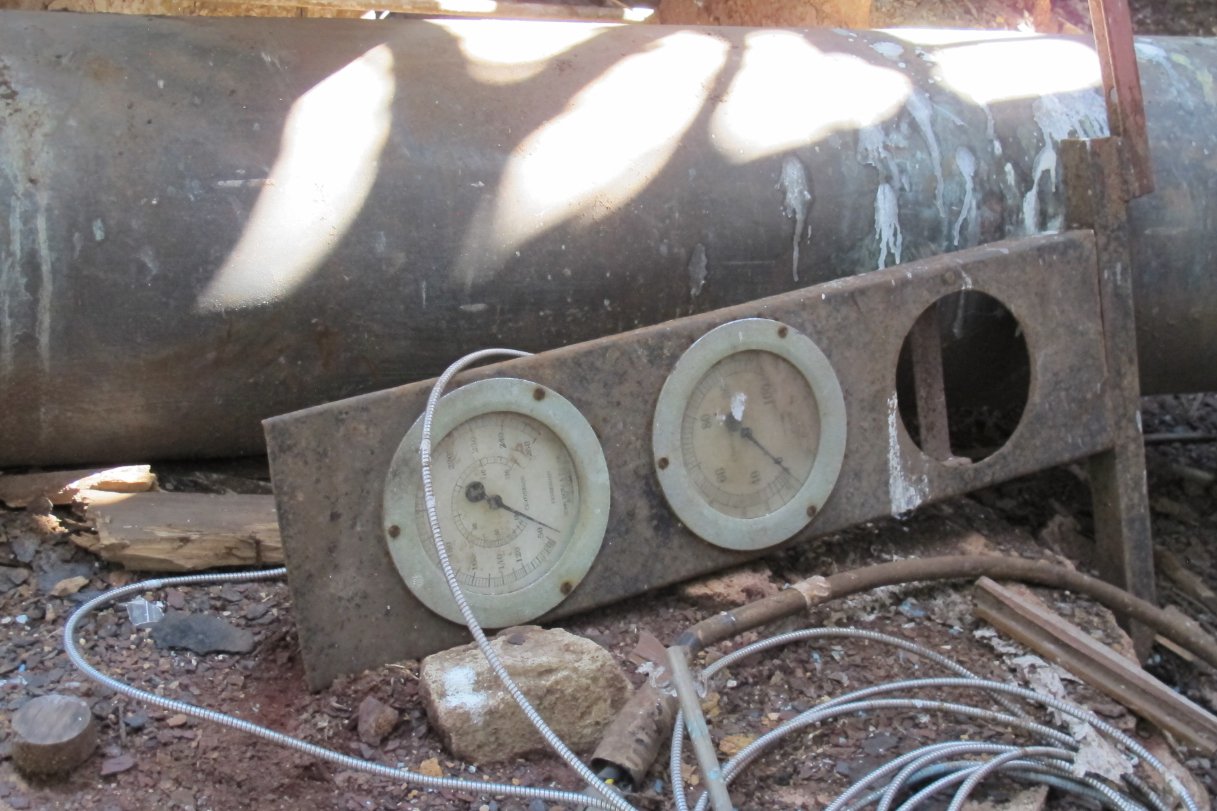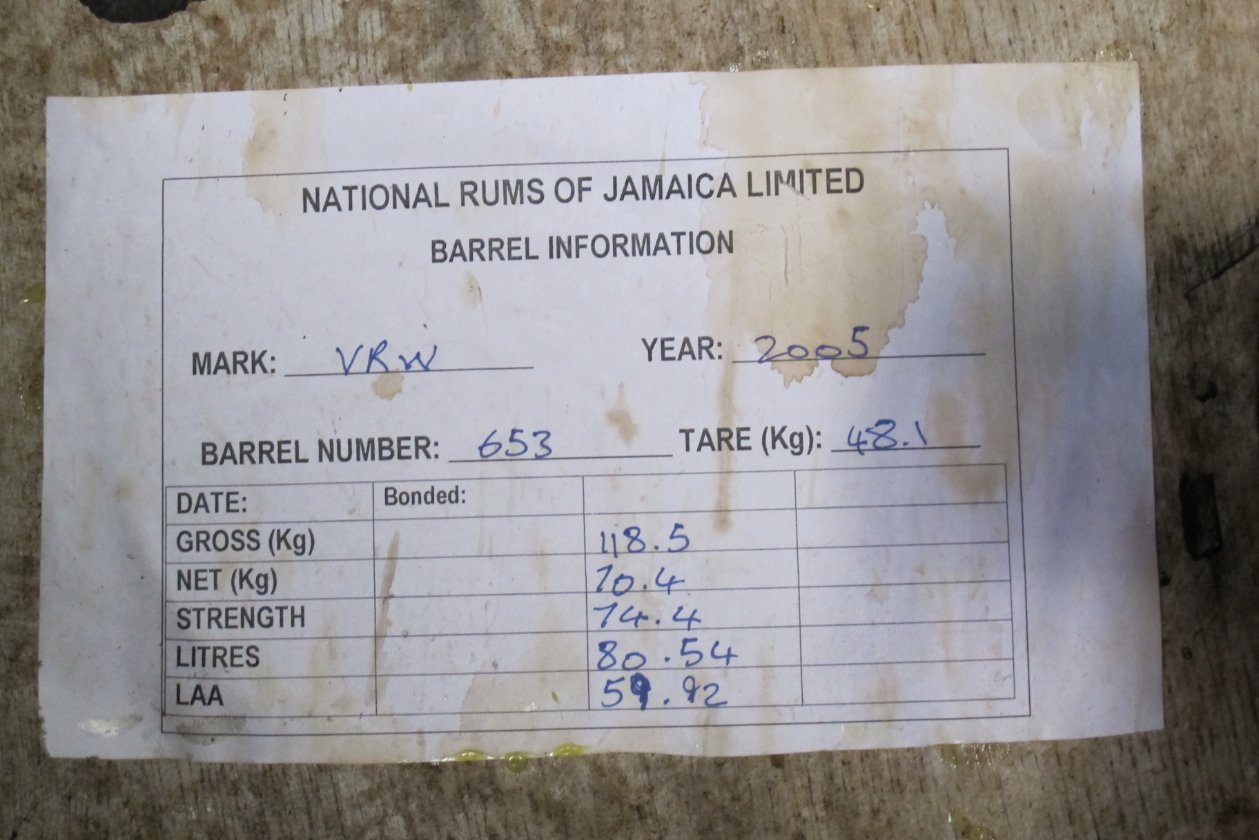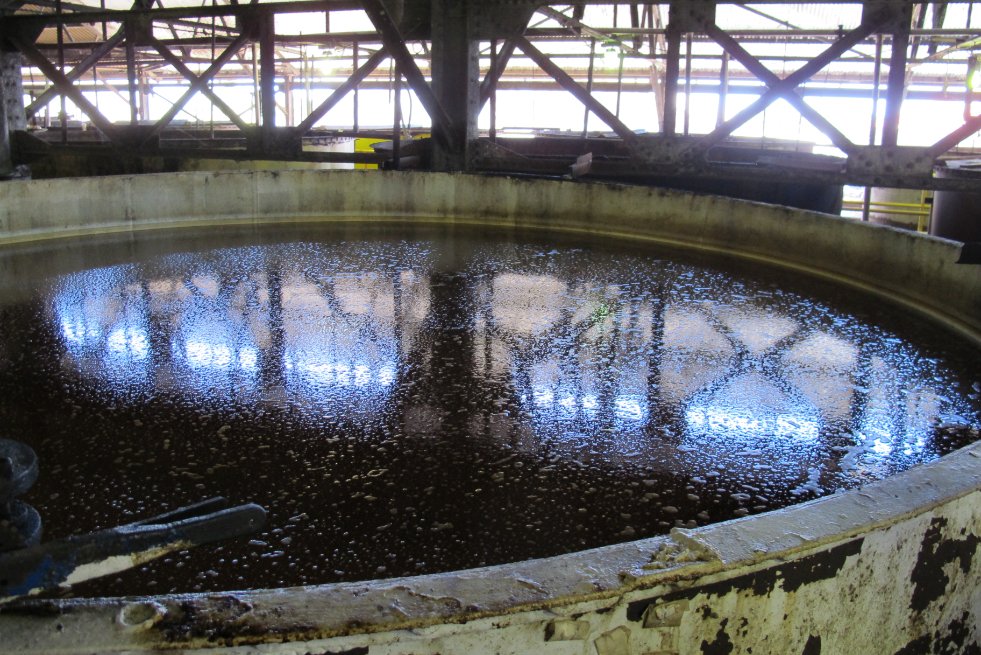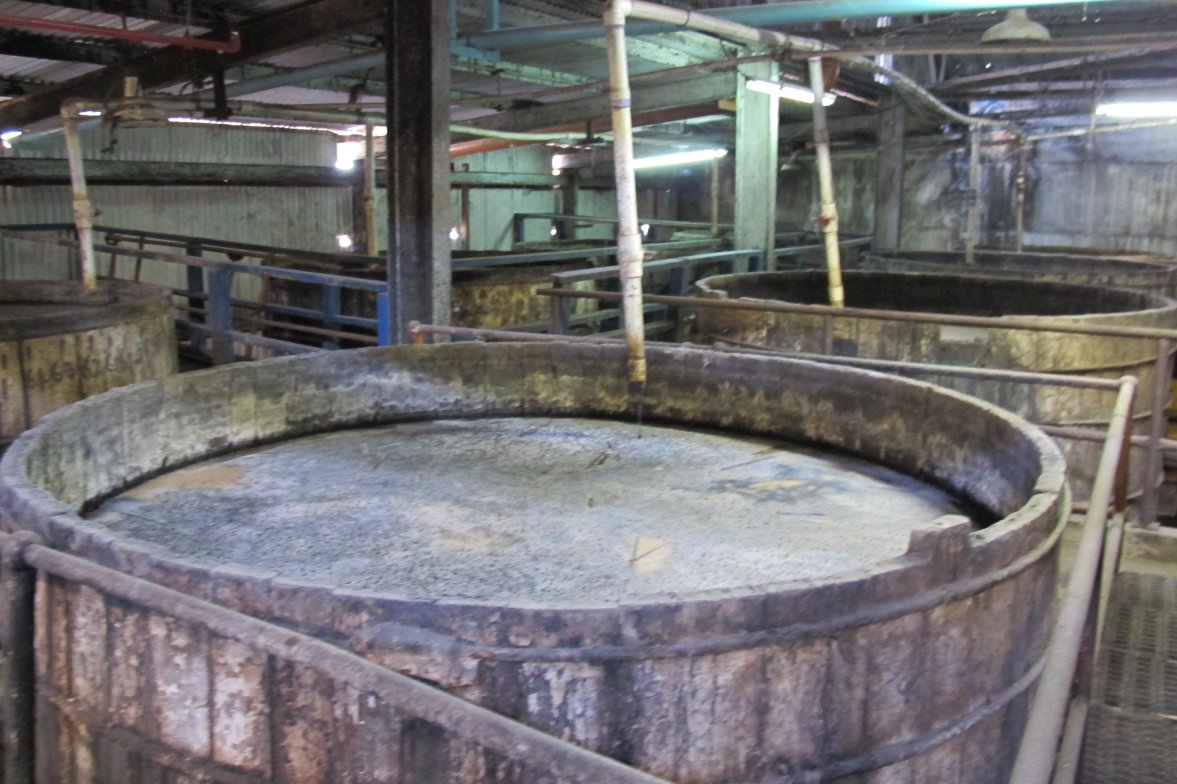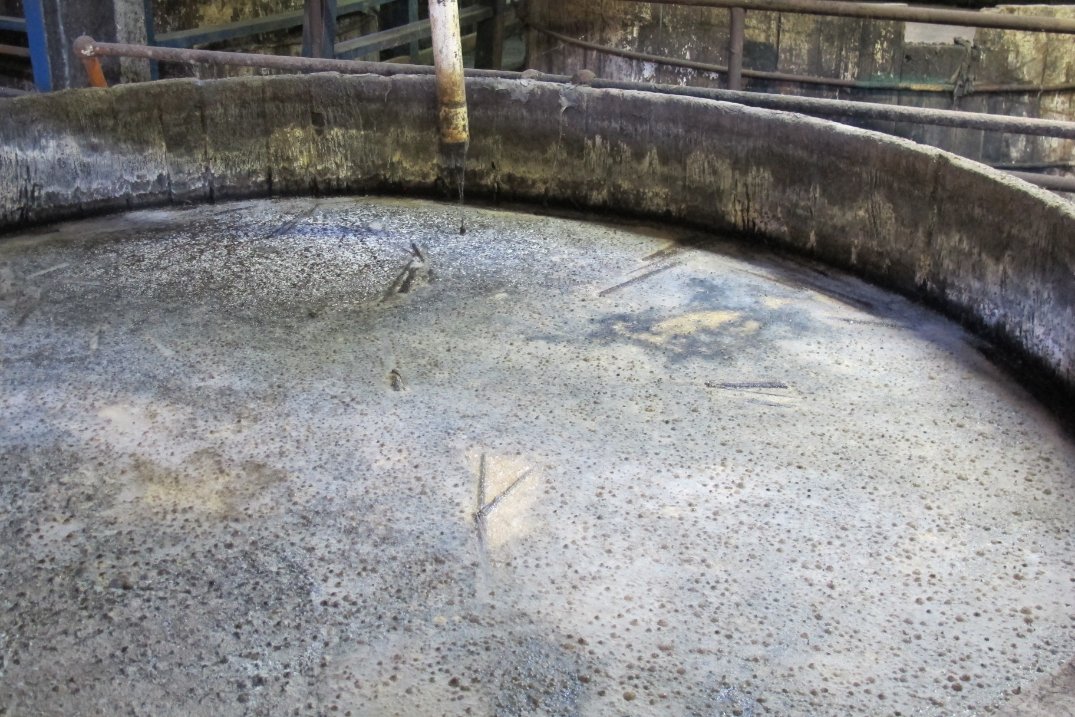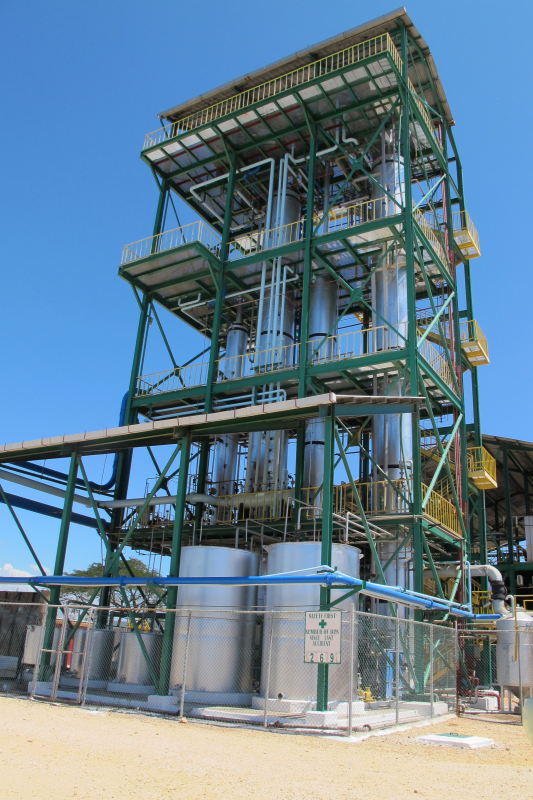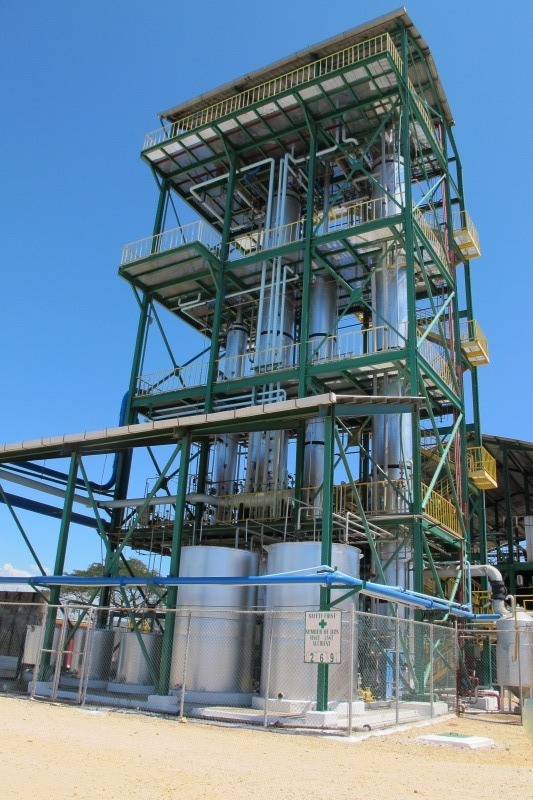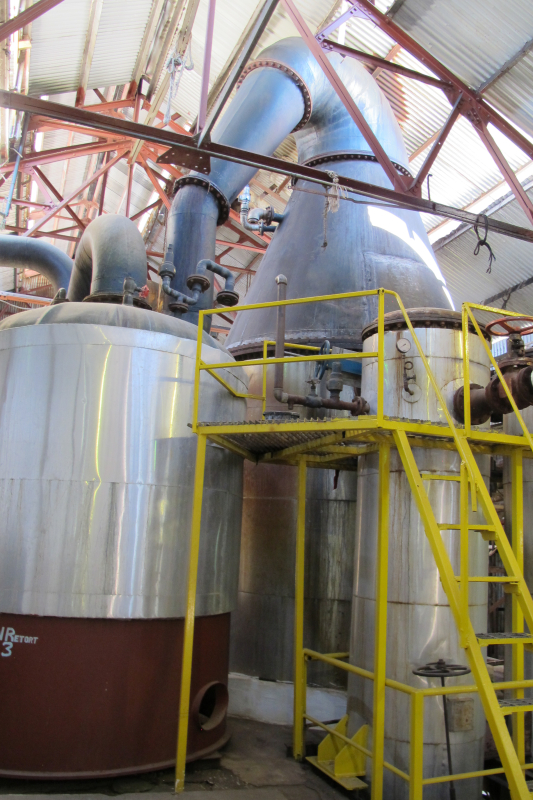It's time for my annual post of (almost) all the cocktails and spirits books published this year, in consideration for gifting to others or keeping to read yourself. I know my shelf of to-read books is looking pretty menacing already, and I still have to buy some of these.
If I forgot your favorite book please do let me know and I'll add it! I am not excluding any cocktails/spirits books on purpose.
Links are to Amazon.com but you are encouraged to support your local independent bookstores when possible.
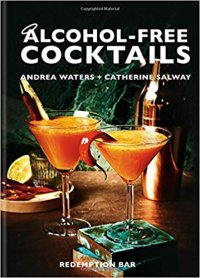 Low and No Alcohol
Low and No Alcohol
Just the Tonic: A Natural History of Tonic Water by Kim Walker and Mark Nesbitt
Alcohol-Free Cocktails: The Redemption Bar by Catherine Salway and Andrea Waters
All Day Cocktails: Low (And No) Alcohol Magic by Shaun Byrne and Nick Tesar
The Art of the Garnish by Leeann Lavin
Gin Books
The Martini Cocktail: A Meditation on the World's Greatest Drink, with Recipes by Robert Simonson
Sip: 100 gin cocktails with just three ingredients by Sipsmith
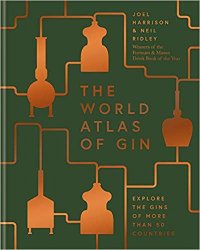 The World Atlas of Gin by Joel Harrison and Neil Ridley
The World Atlas of Gin by Joel Harrison and Neil Ridley
The Big Book of Gin by Dan Jones
Gin Made Me Do It: 60 Beautifully Botanical Cocktails by Jassy Davis
Ginspiration: The Best Distilleries, Infusions, and Cocktails by Klaus St. Rainer
Gin Cocktails: Classic & contemporary cocktails by Hamlyn
Aged Gin Cocktails: 25 Cocktails for Gin's Newest Style by Aaron J Knoll
International Books
The Complete Guide to Japanese Drinks: Sake, Shochu, Japanese Whisky, Beer, Wine, Cocktails and Other Beverages by Stephen Lyman, Chris Bunting
Great Northern Cocktails by Shawn Soole
Drunk in China: Baijiu and the World’s Oldest Drinking Culture by Derek Sandhaus
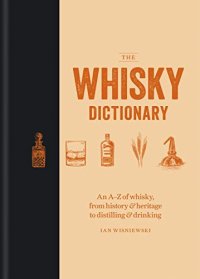 Whisky Books
Whisky Books
World of Whisky: Taste, Try and Enjoy Whiskies From Around the World by David Wishart, Neil Ridley
The Complete Whiskey Course: A Comprehensive Tasting School in Ten Classes by Robin Robinson
The Whisky Dictionary: An A Z of whisky, from history & heritage to distilling & drinking by Ian Wisniewski
Whisky Cocktails by Hamlyn
The Bourbon King: The Life and Crimes of George Remus, Prohibition's Evil Genius by Bob Batchelor
Jim Murray's Whiskey Bible 2020: North American Edition by Jim Murray
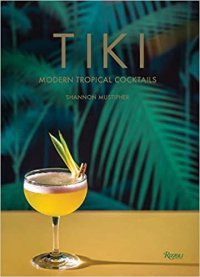 Rum and Tiki
Rum and Tiki
Rum Cocktails by Hamlyn
The Home Bar Guide to Tropical Cocktails: A Spirited Journey Through Suburbia’s Hidden Tiki Temples by Tom Morgan and Kelly Reilly
Tiki: Modern Tropical Cocktails by Shannon Mustipher
Minimalist Tiki by Matt Pietrek and Carrie Smith
A Rum Tale: Spirit of the New World by Joseph Piercy
(new translation) D. KERVÉGANT – Rhum and Cane Eau-de-vie (1946)
Other Spirits
That's the Spirit!: 100 of the world's greatest spirits and liqueurs to drink with style by Jonathan Ray
The Tequila Dictionary by Eric Zandona
Understanding Mezcal by James Schroeder
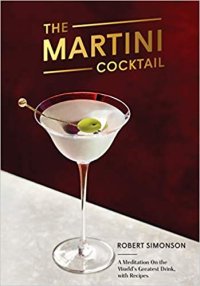 Misc Recipe Books
Misc Recipe Books
Schofields Classic Cocktail Cabinet by Joe Schofield, Daniel SchofieldHow to Cocktail: Recipes and Techniques for Building the Best Drinks by America's Test Kitchen
Gather Around Cocktails: Drinks to Celebrate Usual and Unusual Holidays by Aaron Goldfarb
Vogue Cocktails by Henry McNulty
Cocktails with a Twist: 21 Classic Recipes. 141 Great Cocktails. by Kara Newman
Flask: 41 Portable Cocktails to Drink Anywhere by Sarah Baird
Happy Hour: The Cocktail Card Game by Laura Gladwin and Marcel George
Spirits, Sugar, Water, Bitters: How the Cocktail Conquered the World by Derek Brown and Robert Yule
The Complete Home Bartender's Guide: Tools, Ingredients, Techniques, & Recipes for the Perfect Drink by Salvatore Calabrese
Bar Chef: Handcrafted Cocktails by Christiaan Rollich
Batch Cocktails: Make-Ahead Pitcher Drinks for Every Occasion by Maggie Hoffman
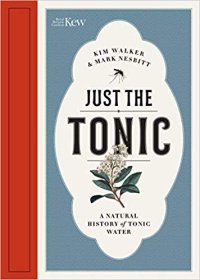 Floral Libations: 41 Fragrant Drinks + Ingredients by Cassie Winslow
Floral Libations: 41 Fragrant Drinks + Ingredients by Cassie Winslow
From Garden to Glass: 80 Botanical Beverages Made from the Finest Fruits, Cordials, and Infusions by David Hurst
French Moderne: Cocktails from the Twenties and Thirties with recipes by Franck Audoux
Fancy AF Cocktails: Drink Recipes from a Couple of Professional Drinkers by Ariana Madix, Tom Sandoval
The Postmodern Bartender by Hayden Wood
The NoMad Cocktail Book by Leo Robitschek
The Aviary: Holiday Cocktails by Grant Achatz, Nick Kokonas, Allen Hemberger
How to Cocktail: Recipes and Techniques for Building the Best Drinks by America's Test Kitchen
Let's Get Blitzen: 60+ Christmas Cocktails to Make Your Spirits Bright by Sother Teague
Misc Books: Industry, Bitters, Distilling
Botany at the Bar: The Art and Science of Making Bitters by Selena Ahmed, Ashley Duval, Rachel Meyer
How To Get U.S. Market-Ready: Wine and Spirits by Steve Raye
The Art of Distilling, Revised and Expanded: An Enthusiast's Guide to the Artisan Distilling of Whiskey, Vodka, Gin and other Potent Potables by Bill Owens, Alan Dikty, Andrew Faulkner
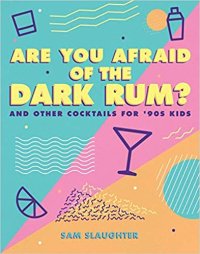 Cocktail and Culture Books
Cocktail and Culture Books
The Official Downton Abbey Cocktail Book: Appropriate Libations for All Occasions
Shaken: Drinking with James Bond and Ian Fleming, the Official Cocktail Book
Last Call: Bartenders on Their Final Drink and the Wisdom and Rituals of Closing Time by Brad Thomas Parsons
Are You Afraid of the Dark Rum?: and Other Cocktails for '90s Kids by Sam Slaughter
Drink Like a Geek: Cocktails, Brews, and Spirits for the Nerd in All of Us by Jeff Cioletti
A Sidecar Named Desire: Great Writers and the Booze That Stirred Them by Greg Clarke and Monte Beauchamp
Gin Austen: 50 Cocktails to Celebrate the Novels of Jane Austen by Colleen Mullaney
Gin Rummy: Gin Lovers Playing Cards by Emma Stokes and Jean Andre
Glass and Gavel: The U.S. Supreme Court and Alcohol by Nancy Maveety
Bourbon Justice: How Whiskey Law Shaped America by Brian F. Haara
Beer, Cider, and Wine Books
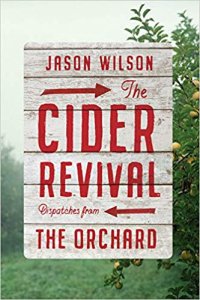 Drink Better Beer: Discover the Secrets of the Brewing Experts by Joshua M. Bernstein
Drink Better Beer: Discover the Secrets of the Brewing Experts by Joshua M. Bernstein
Cider Revival: Dispatches from the Orchard by Jason Wilson
Spritz Fever!: Sixty Champagne and Sparkling Wine Cocktails by Elouise Anders
The Cider Insider: The Essential Guide to 100 Craft Ciders to Drink Now by Susanna Forbes
The Lager Queen of Minnesota: A Novel by J. Ryan Stradal
Natural Wine for the People: What It Is, Where to Find It, How to Love It by Alice Feiring
Celebrate Rosé: Cocktails & Parties for Life's Rosiest Moments by Ashley Rose Conway
Cheese Beer Wine Cider: A Field Guide to 75 Perfect Pairings by Steve Jones and Adam Lindsley
Sakepedia: A Non-Traditional Guide to Japan’s Traditional Beverage by Jeff Cioletti
The Bucket List: Beer: 1000 Adventures " Pubs " Breweries " Festivals by Justin Kennedy
The World Atlas of Wine 8th Edition by Hugh Johnson and Jancis Robinson
YES WAY ROSÉ A Guide to the Pink Wine State of Mind by Erica Blumenthal and Nikki Huganir
Not enough books for you??? Check out:
All the Cocktail and Spirits Books Released in 2018
All the drink books that came out in 2017
All the Cocktails and Spirits Books Published in 2016 for Reading or Gifting
All the Cocktails & Spirits Books Published in 2015, For Reading or Gifting
More Than 40 Drink Books Published in 2014 for Reading or Gifting
